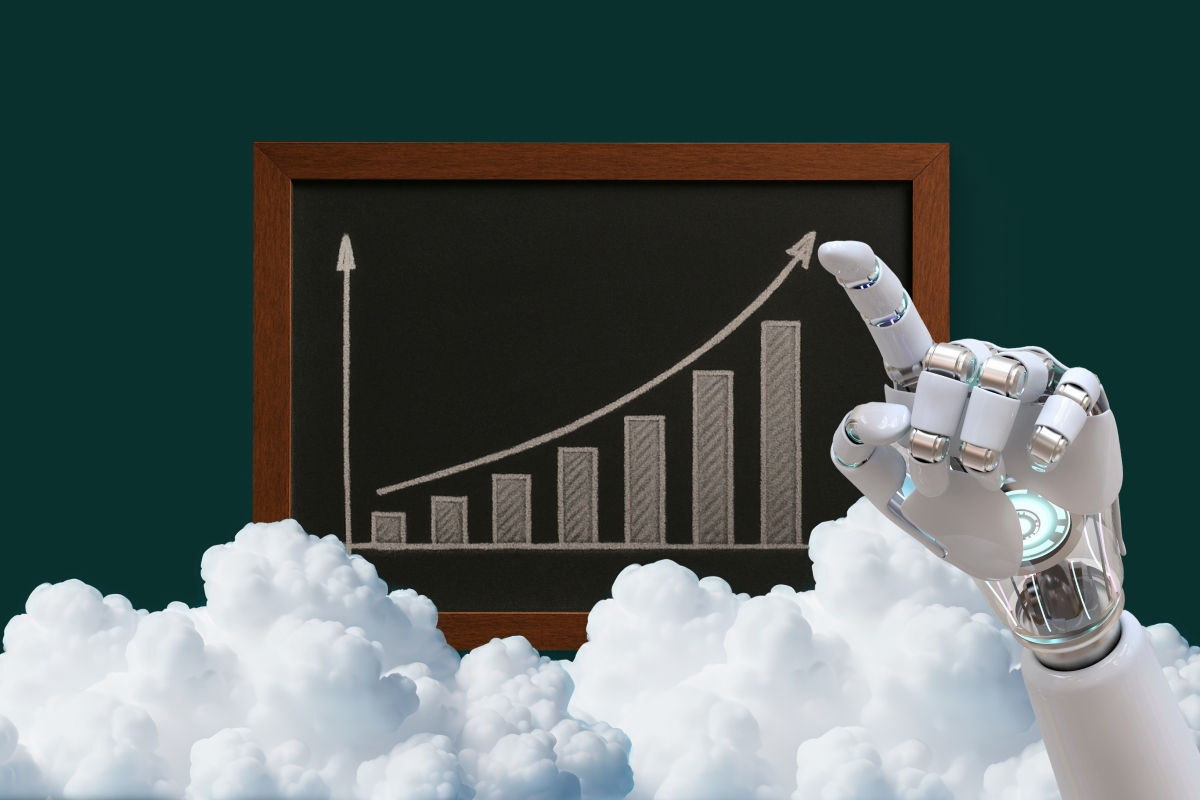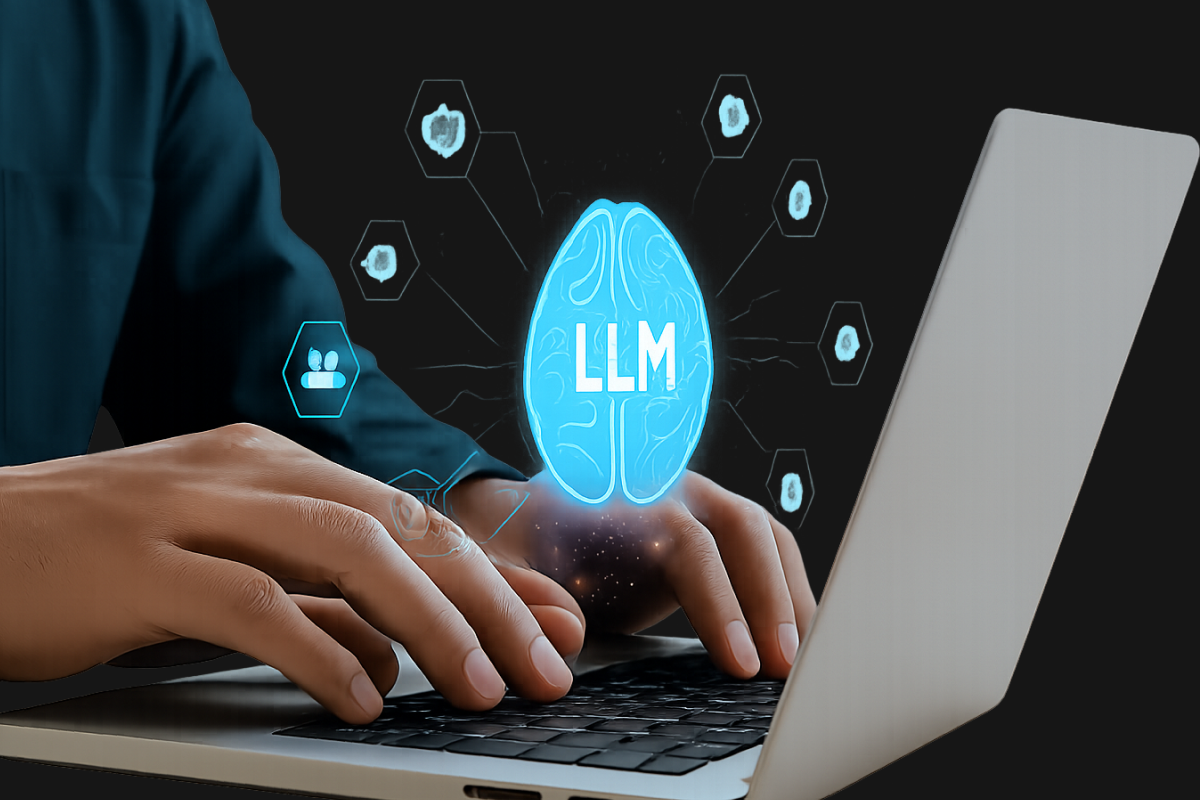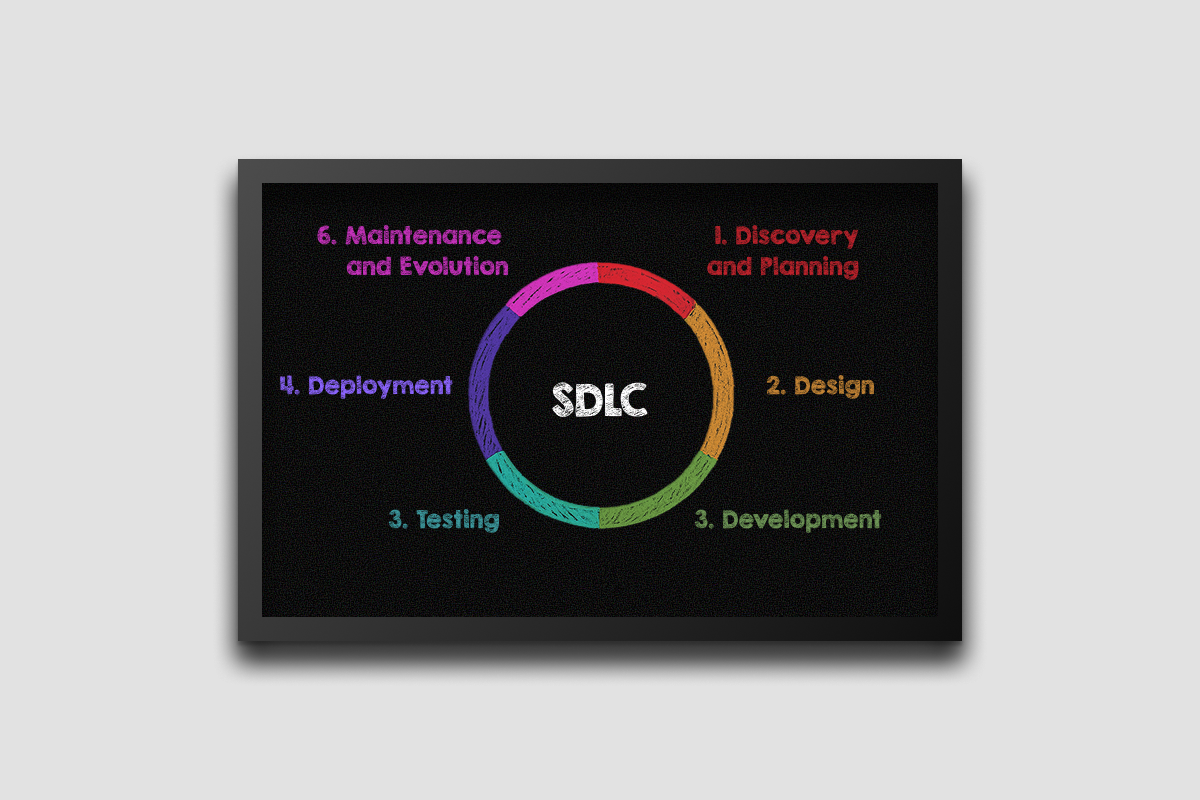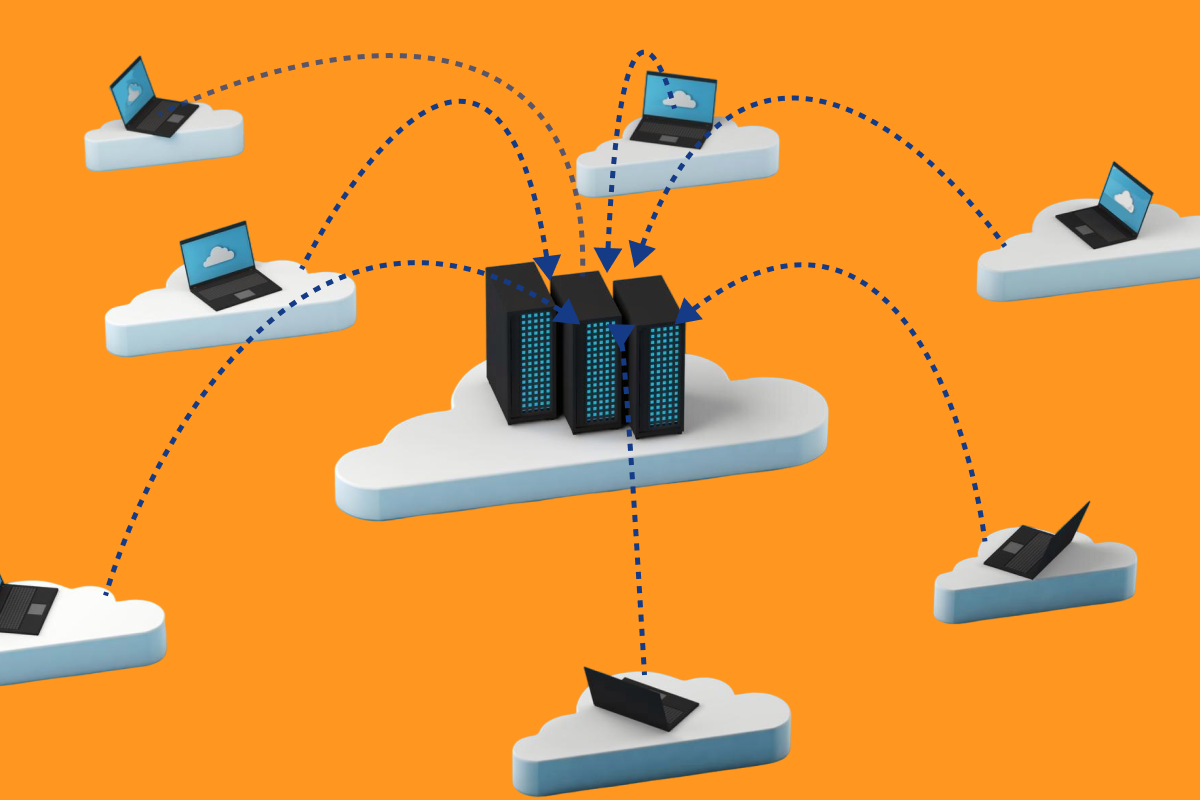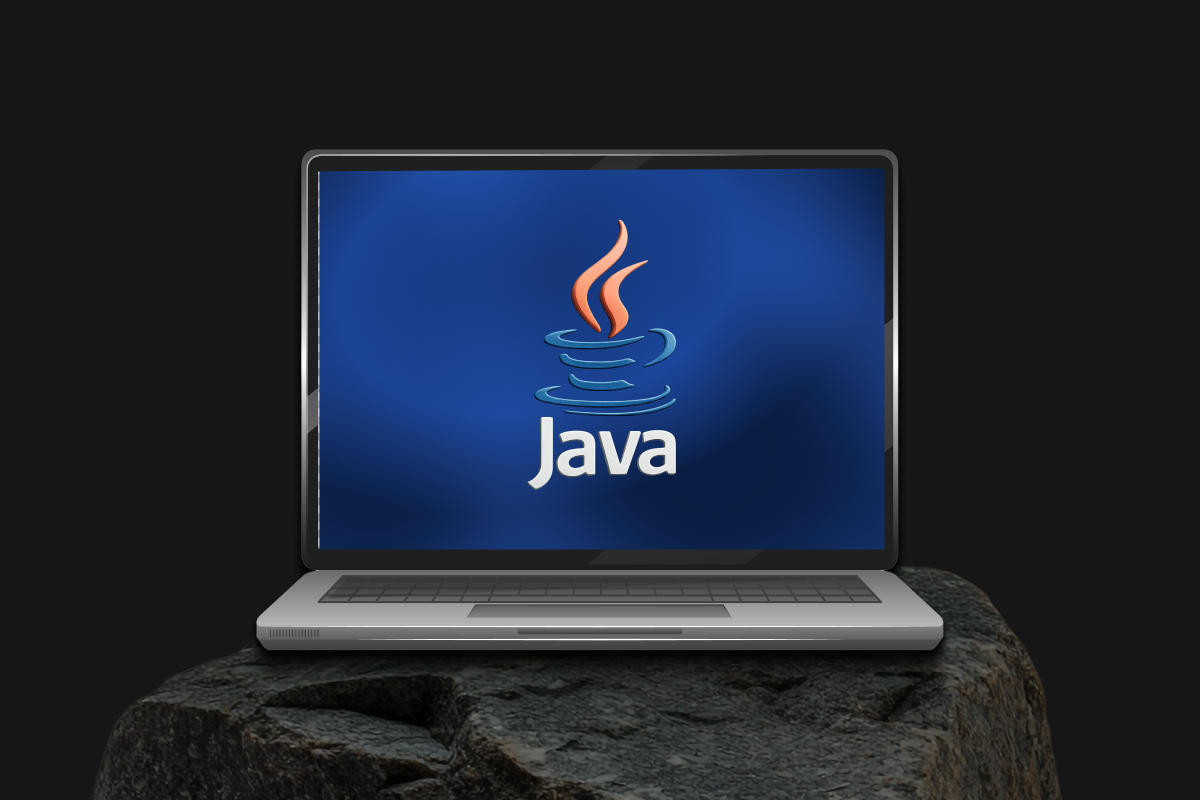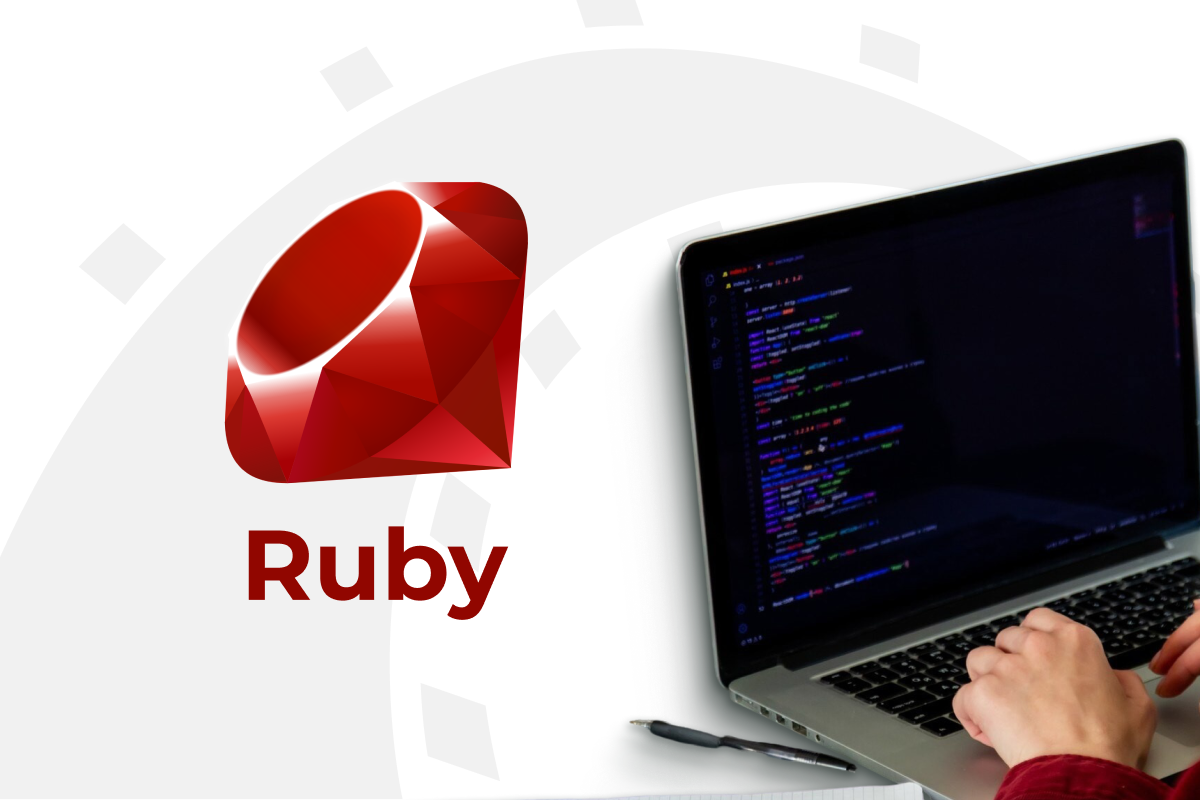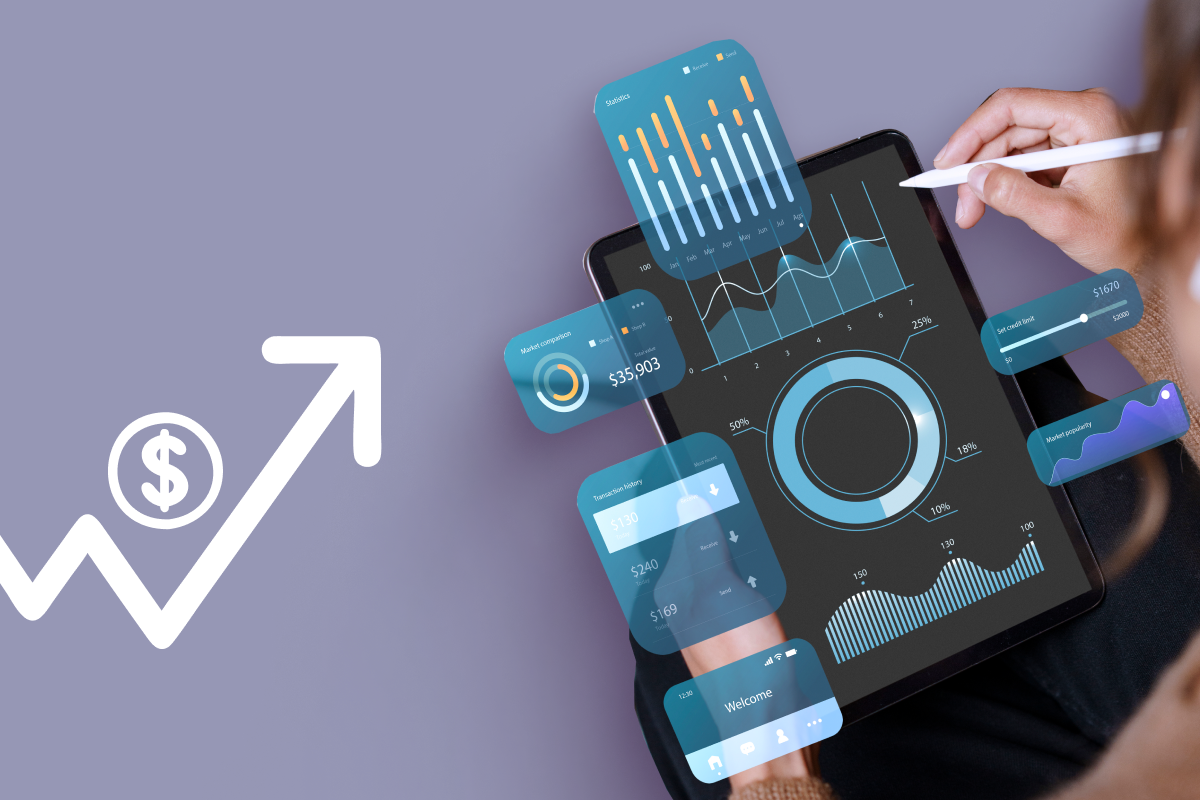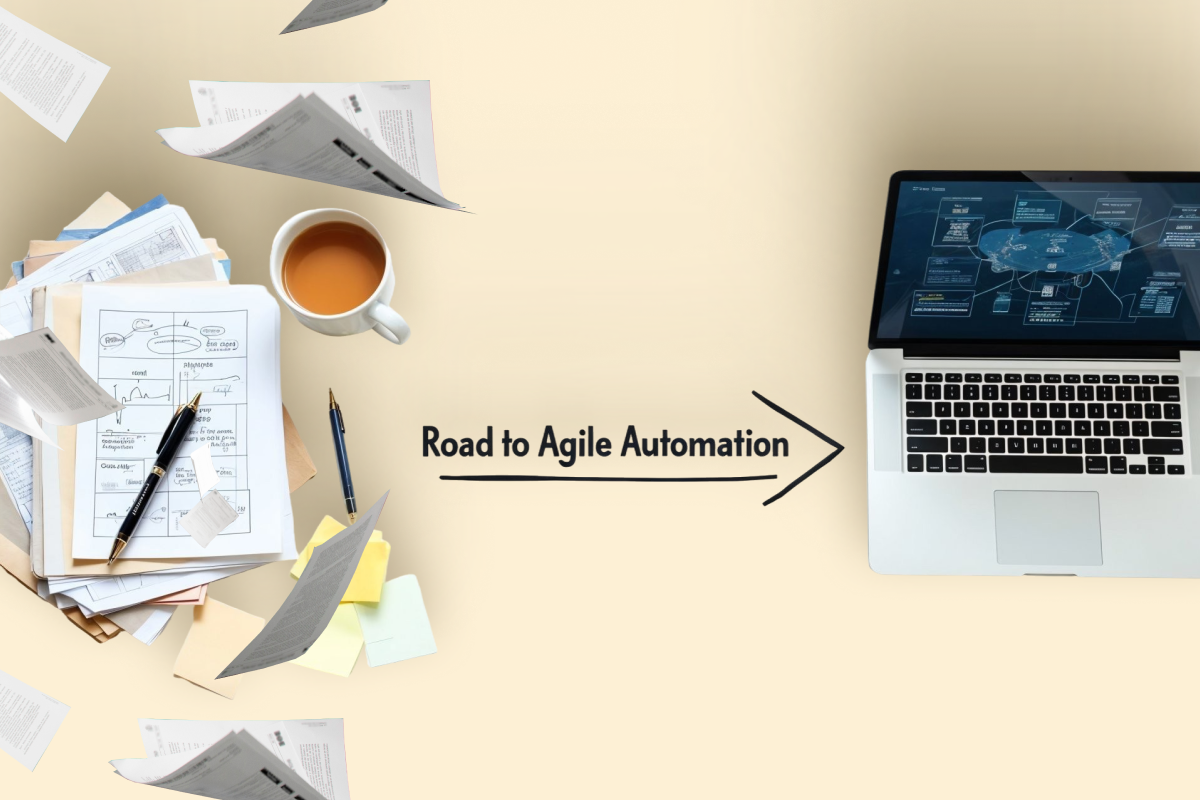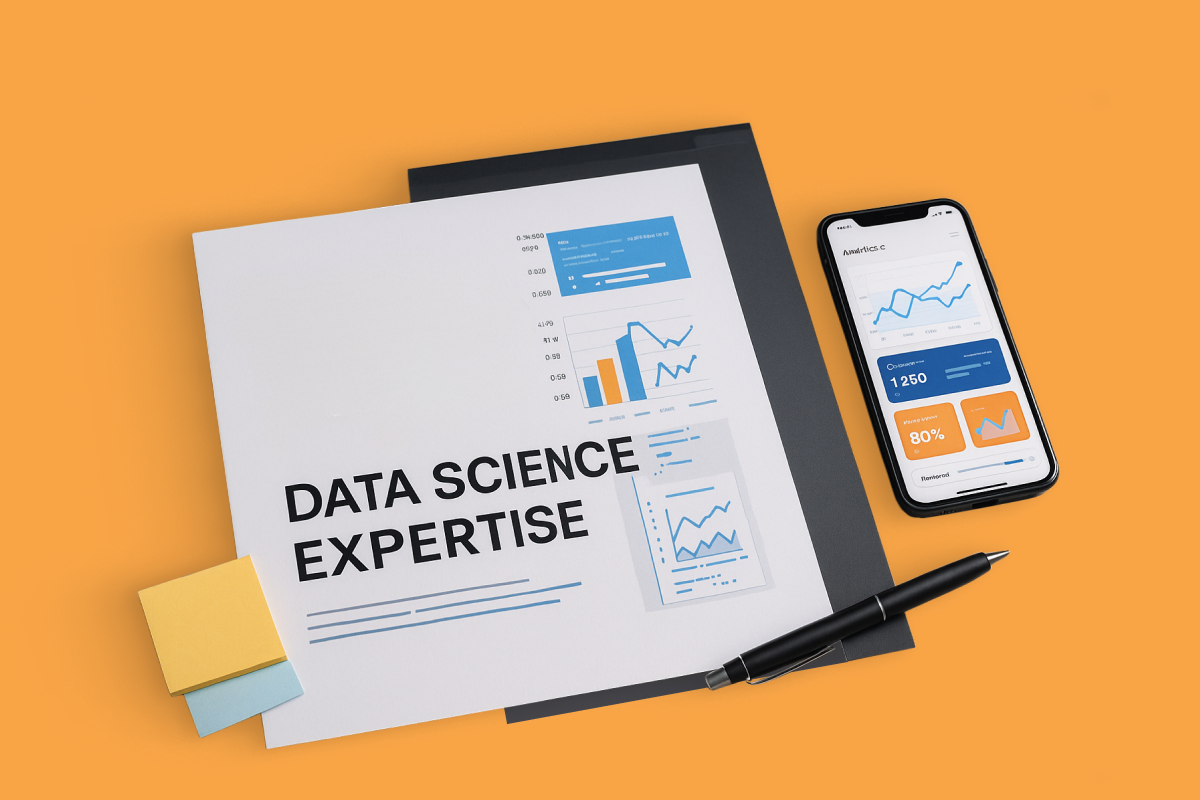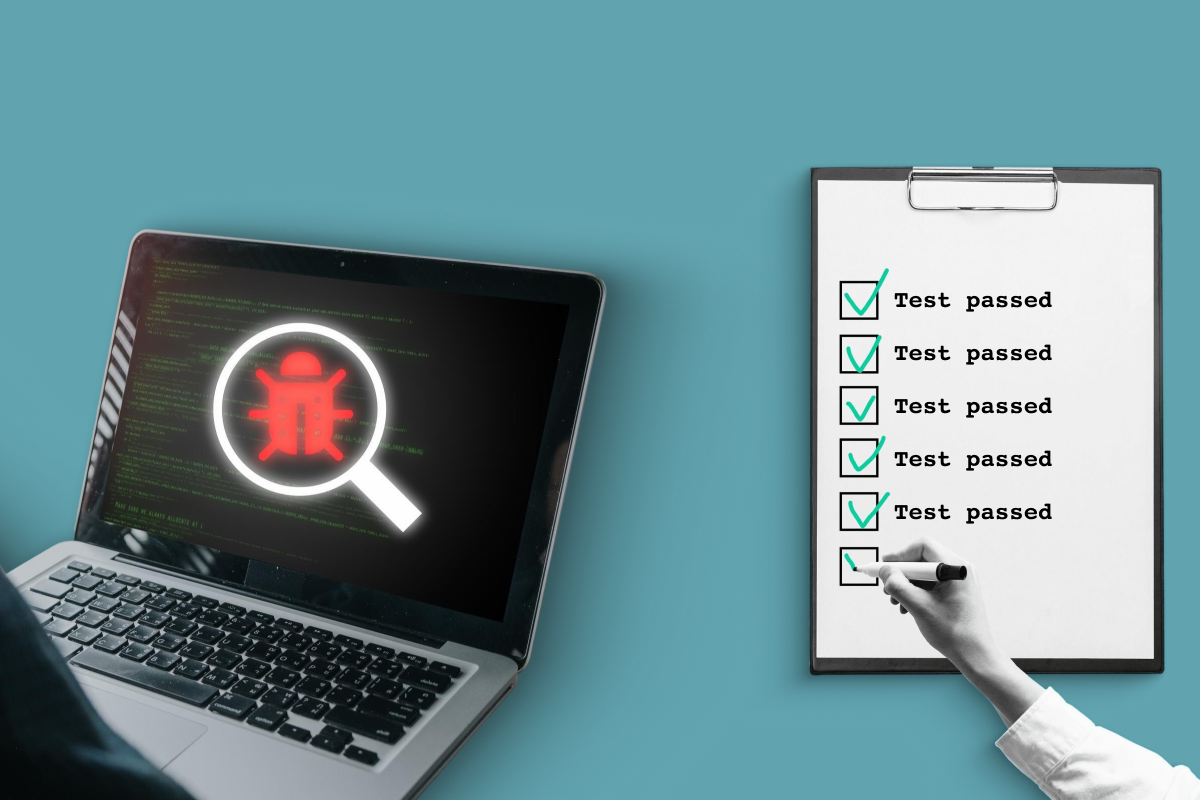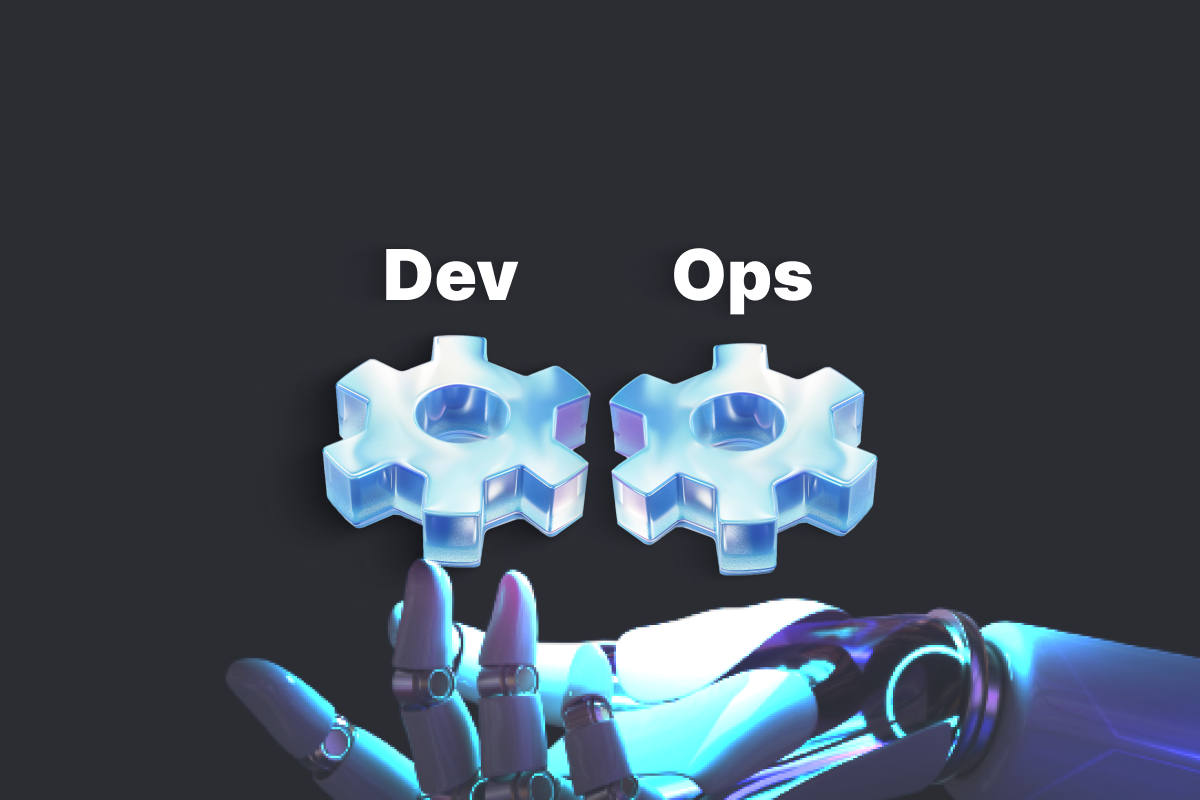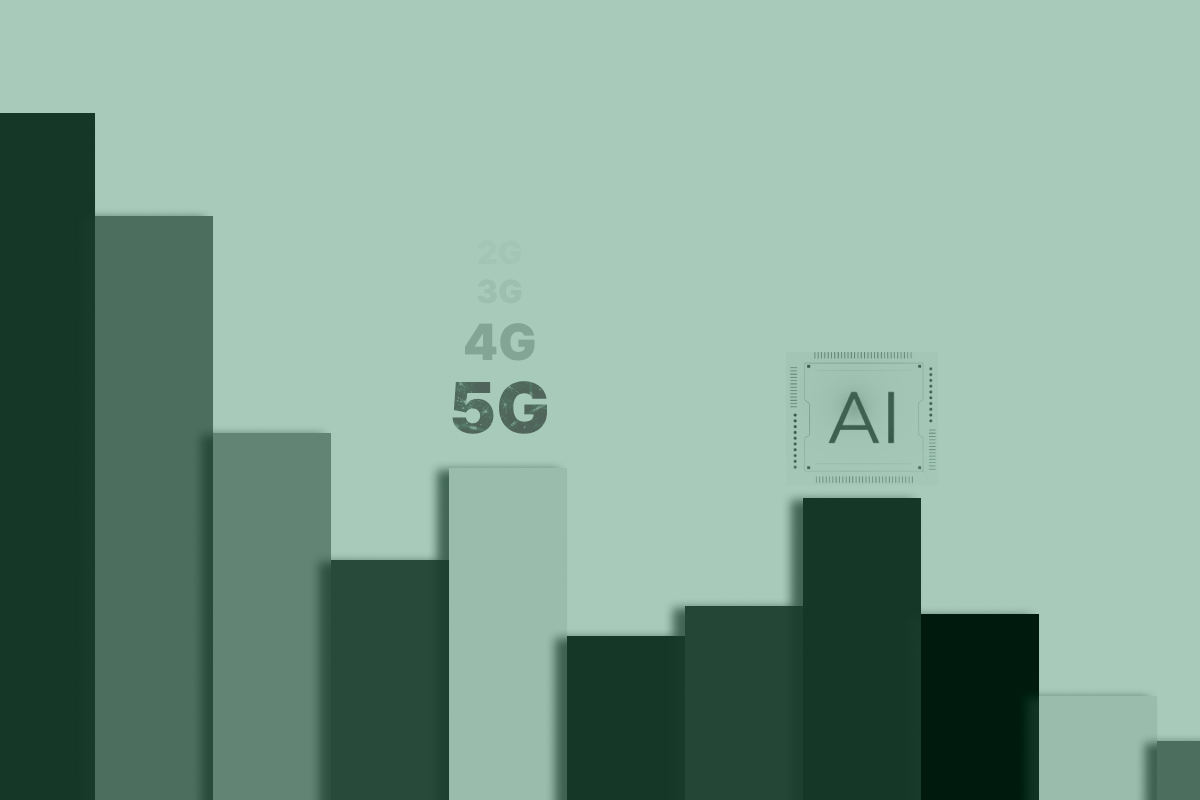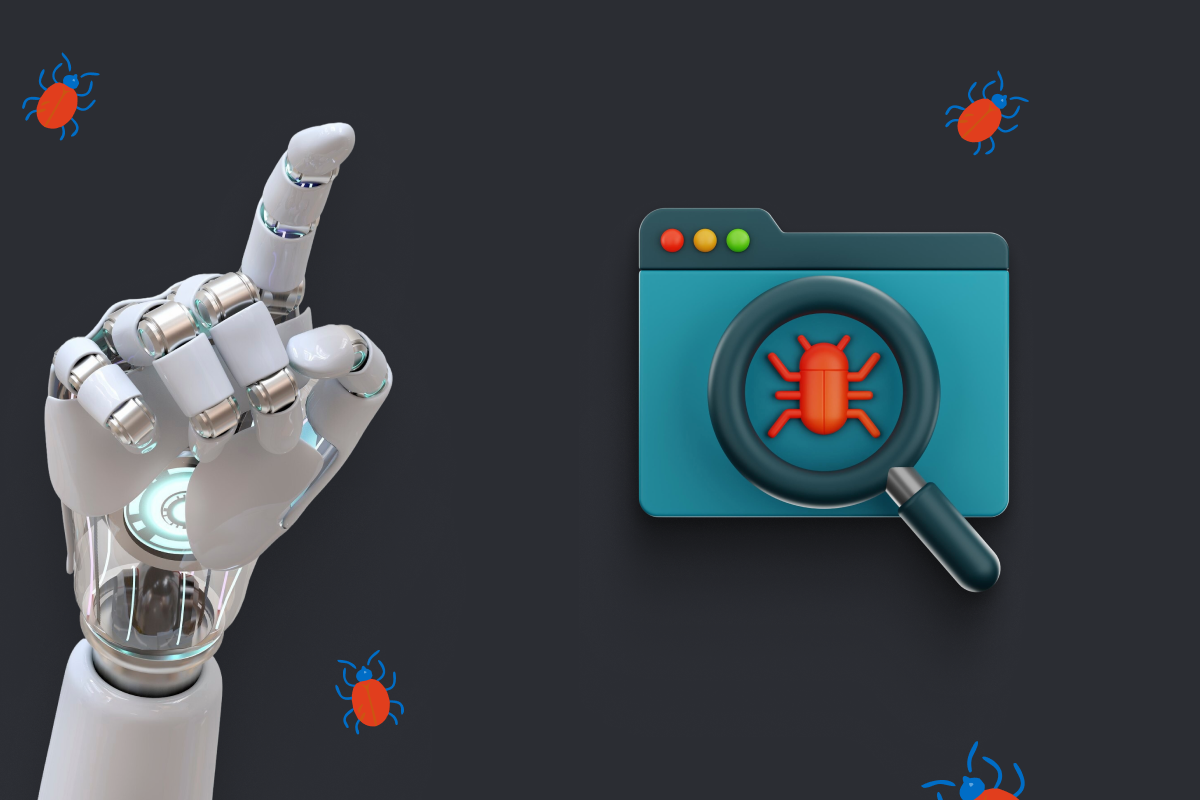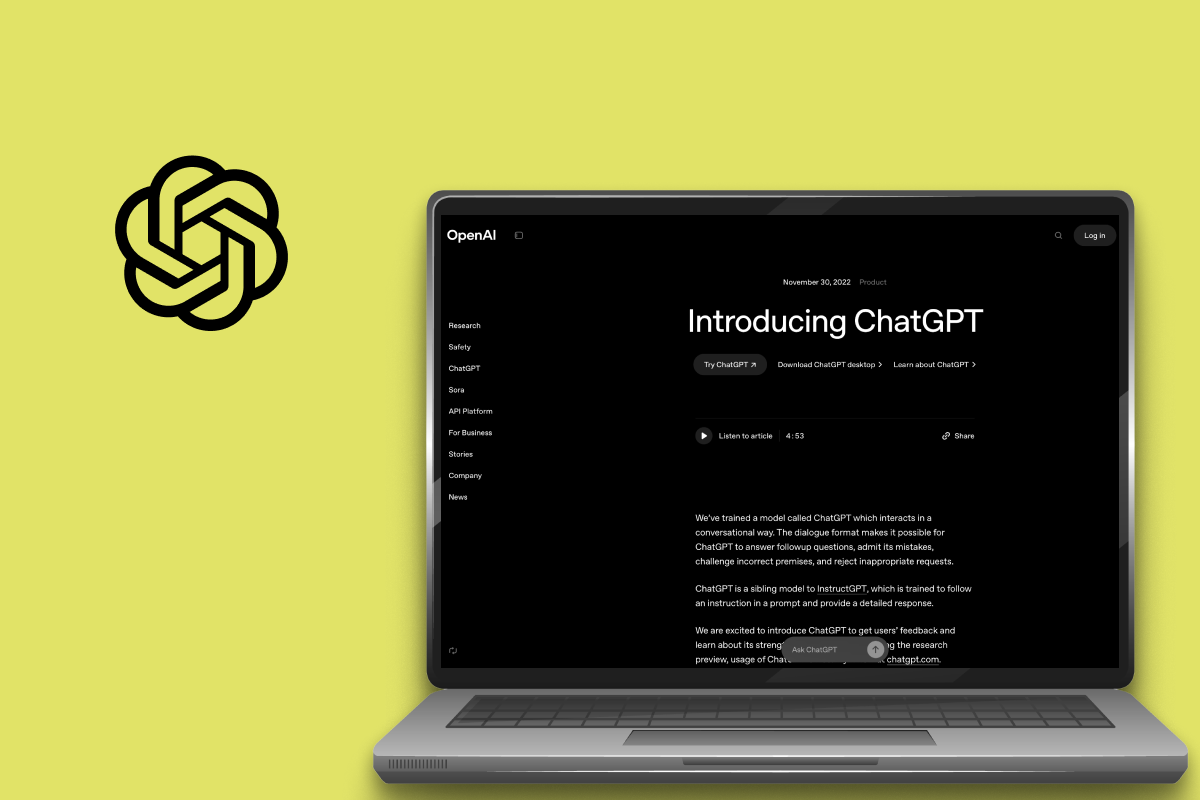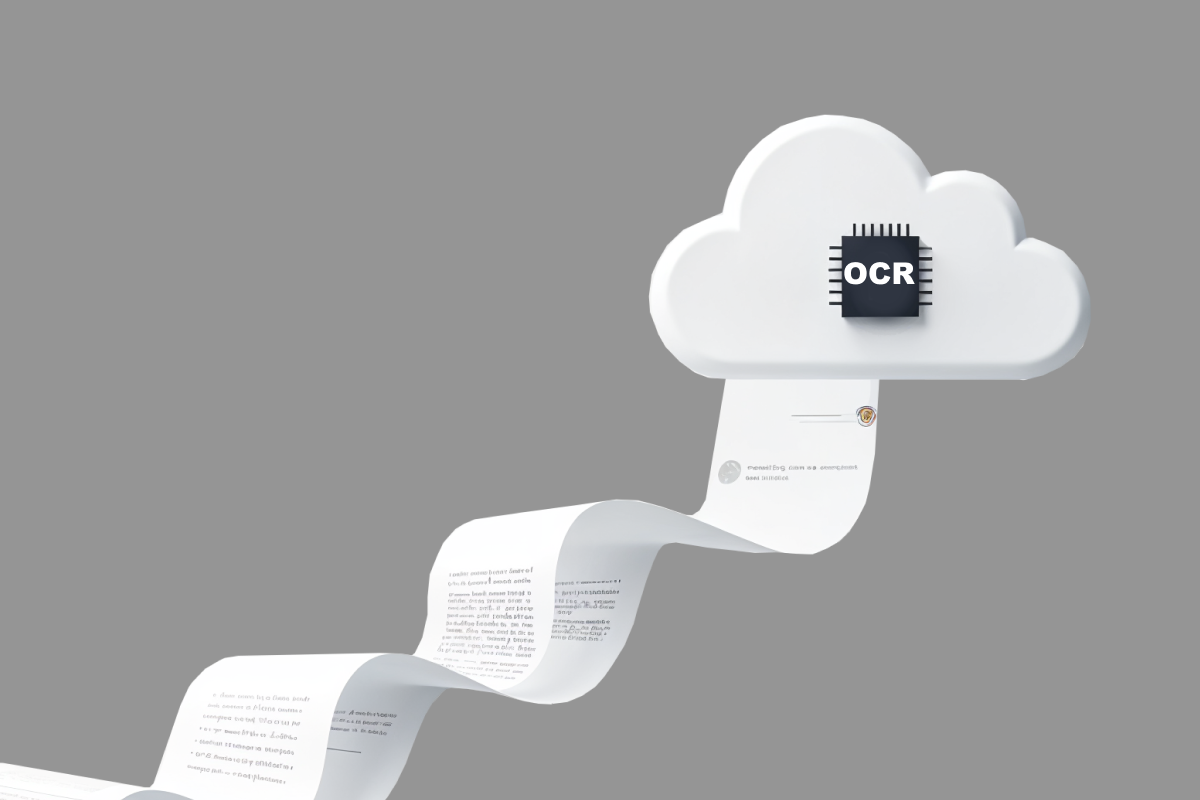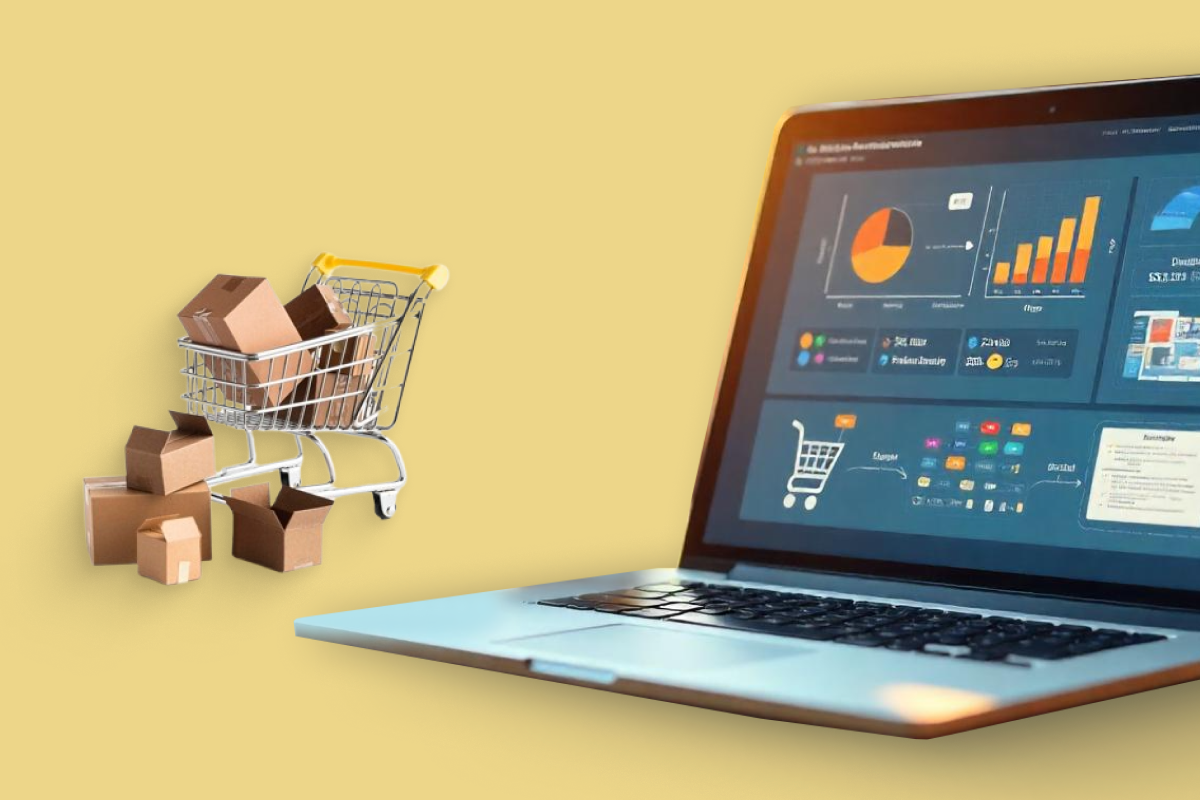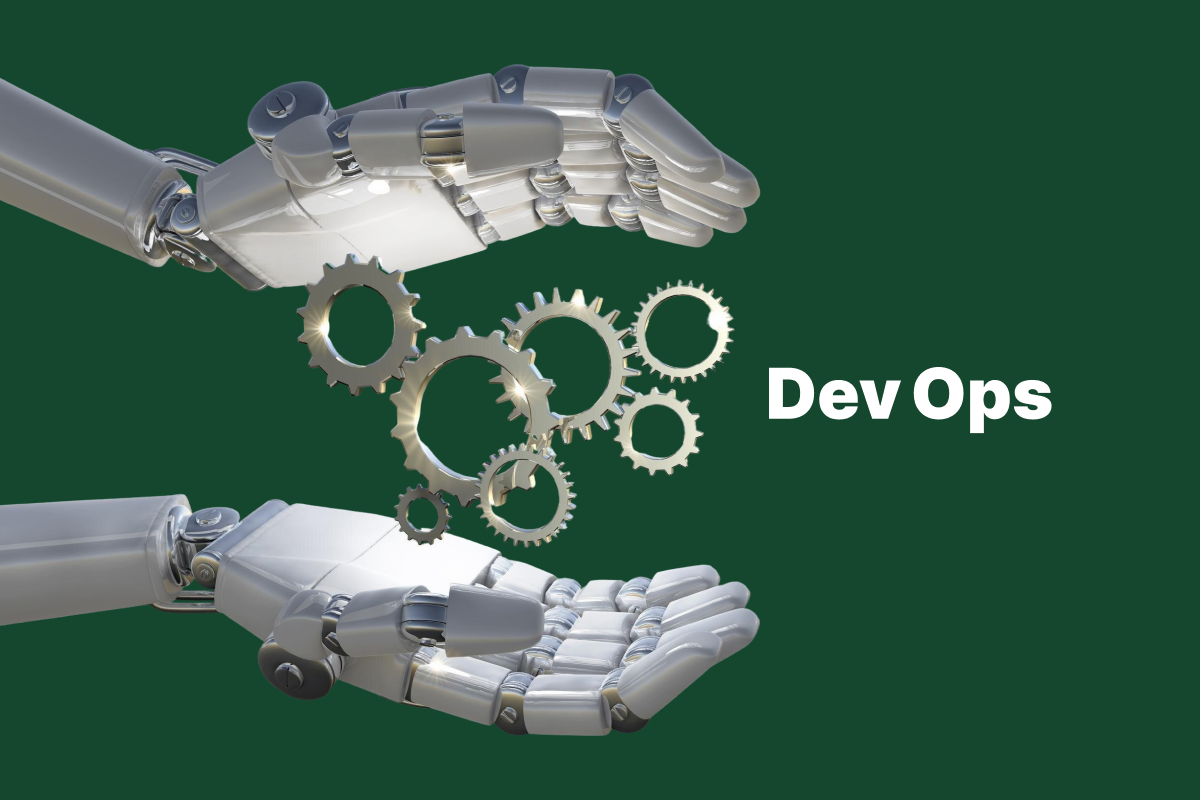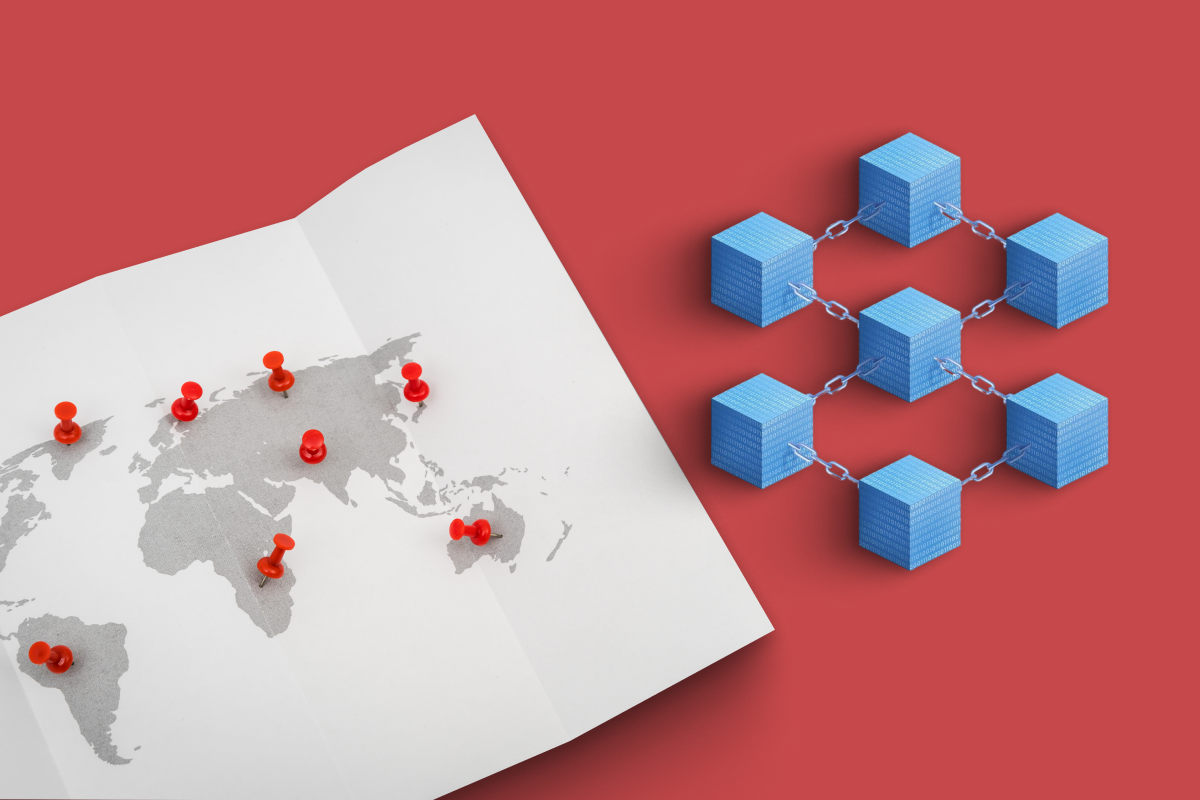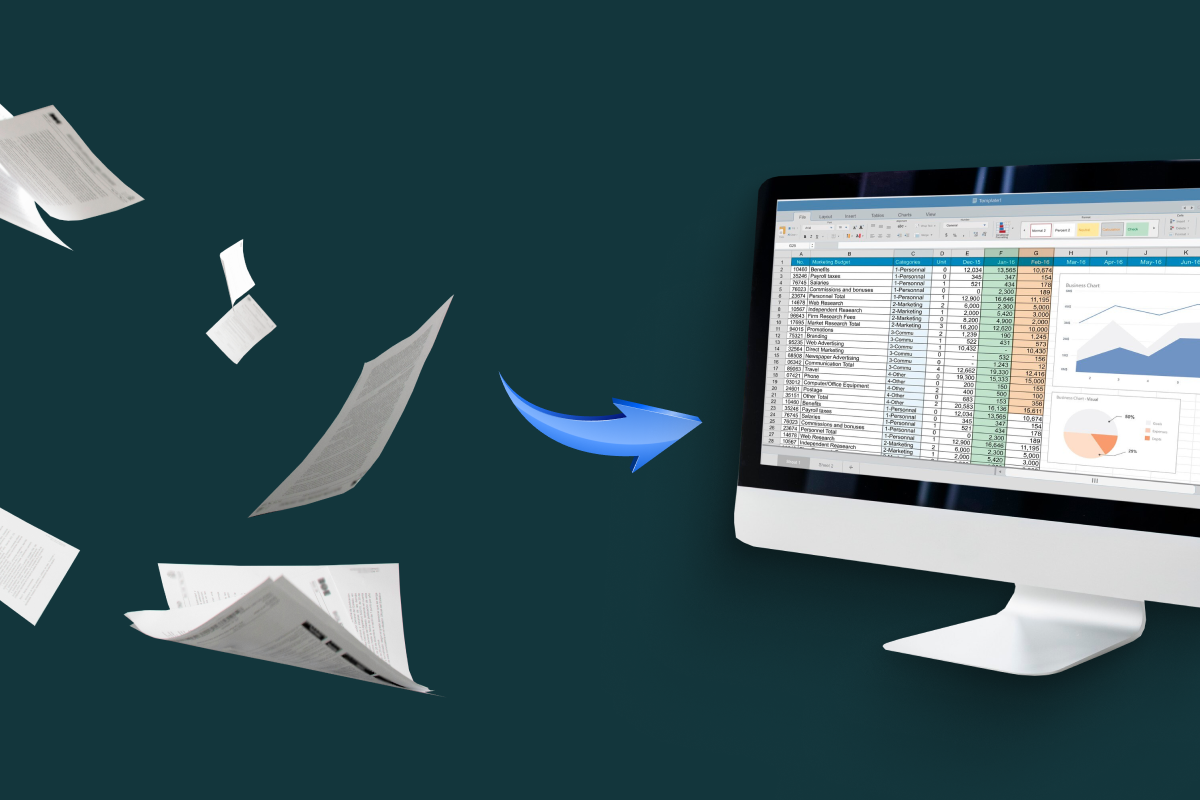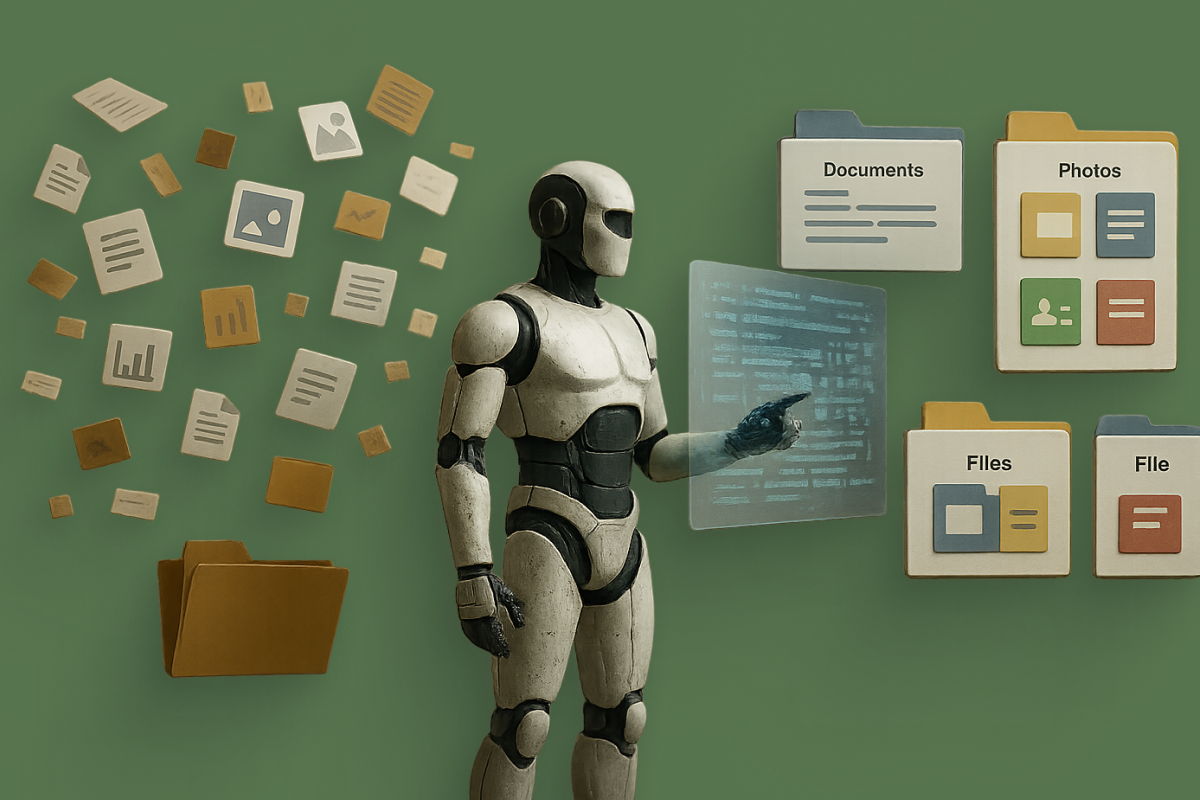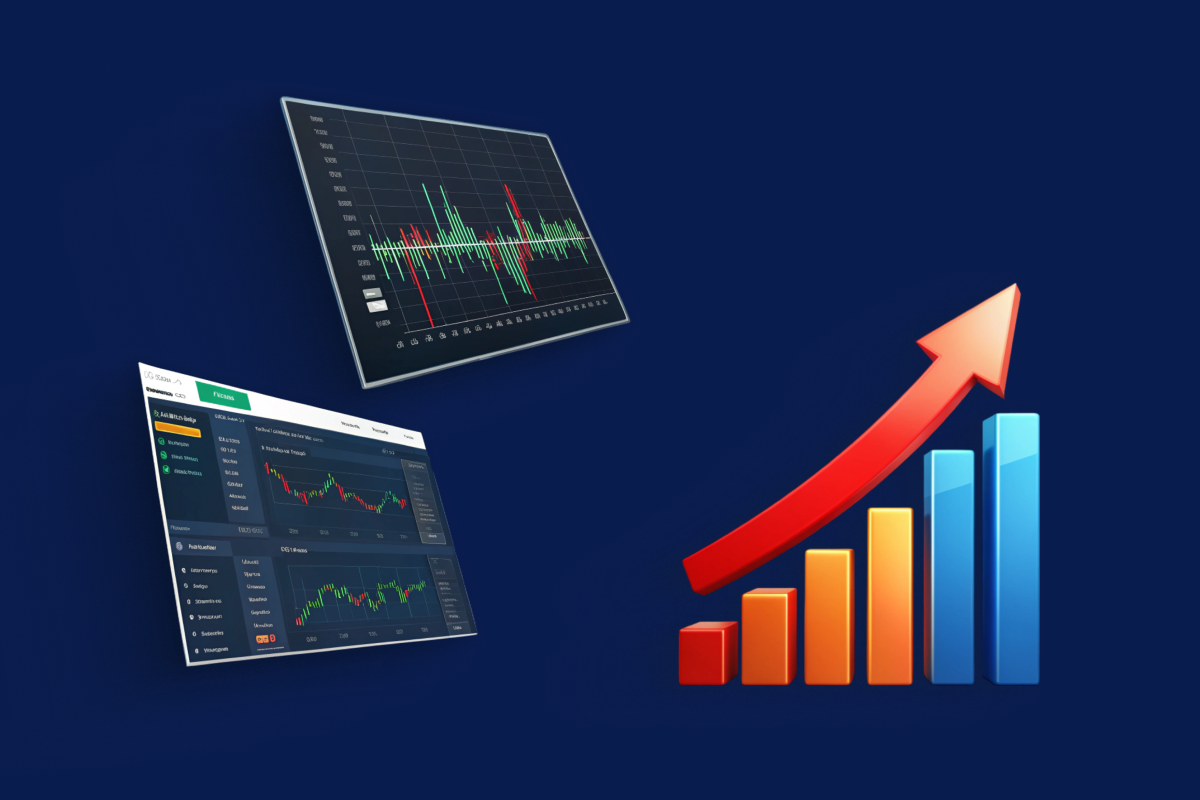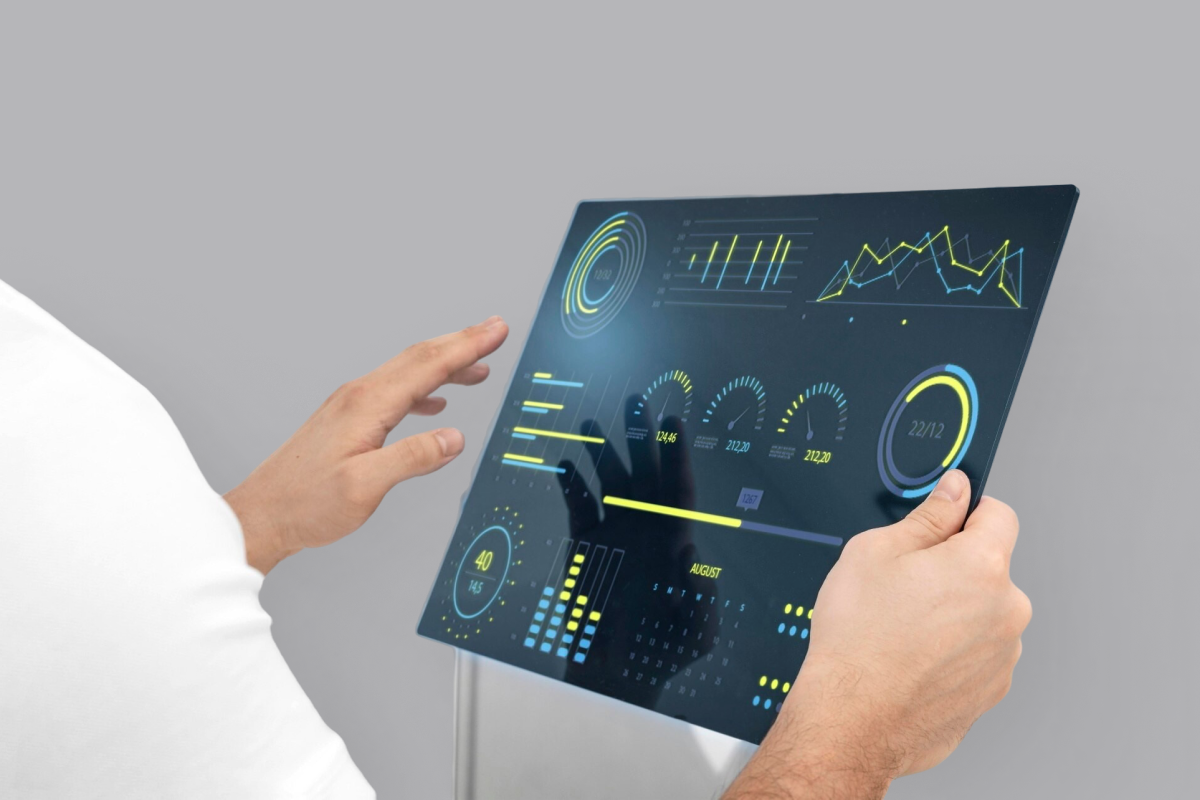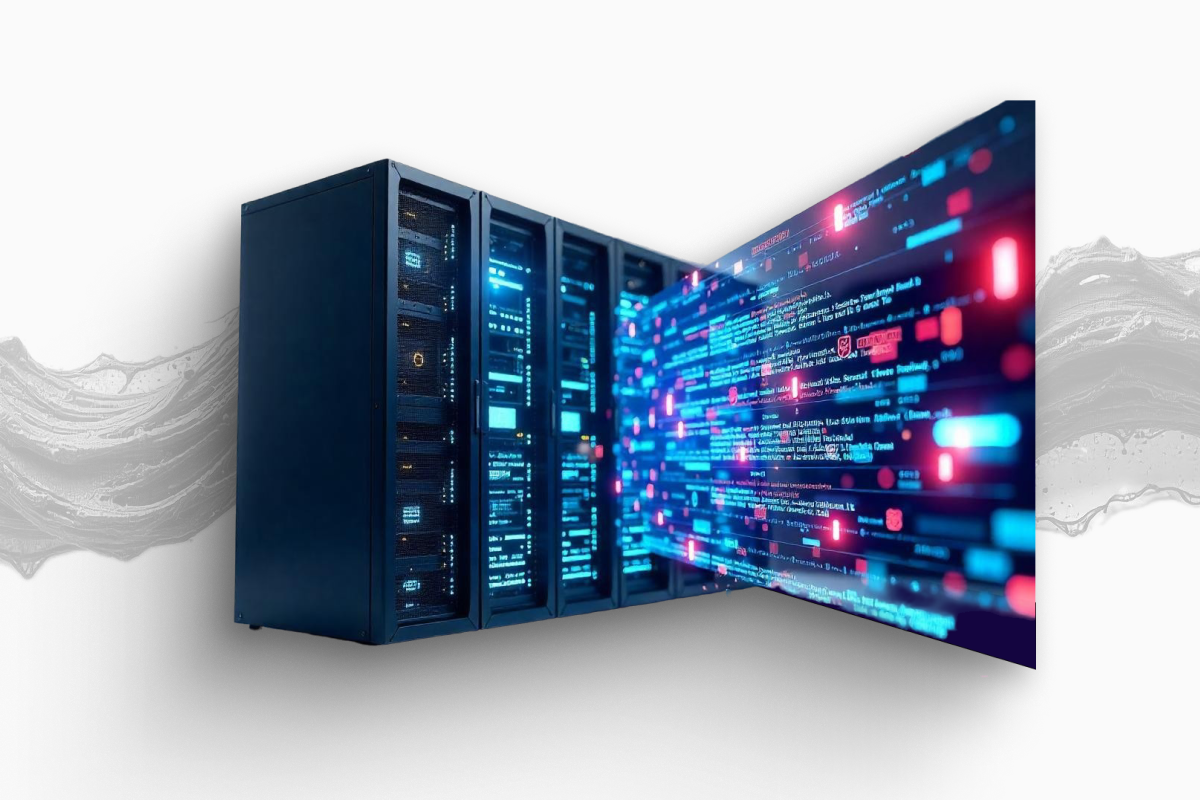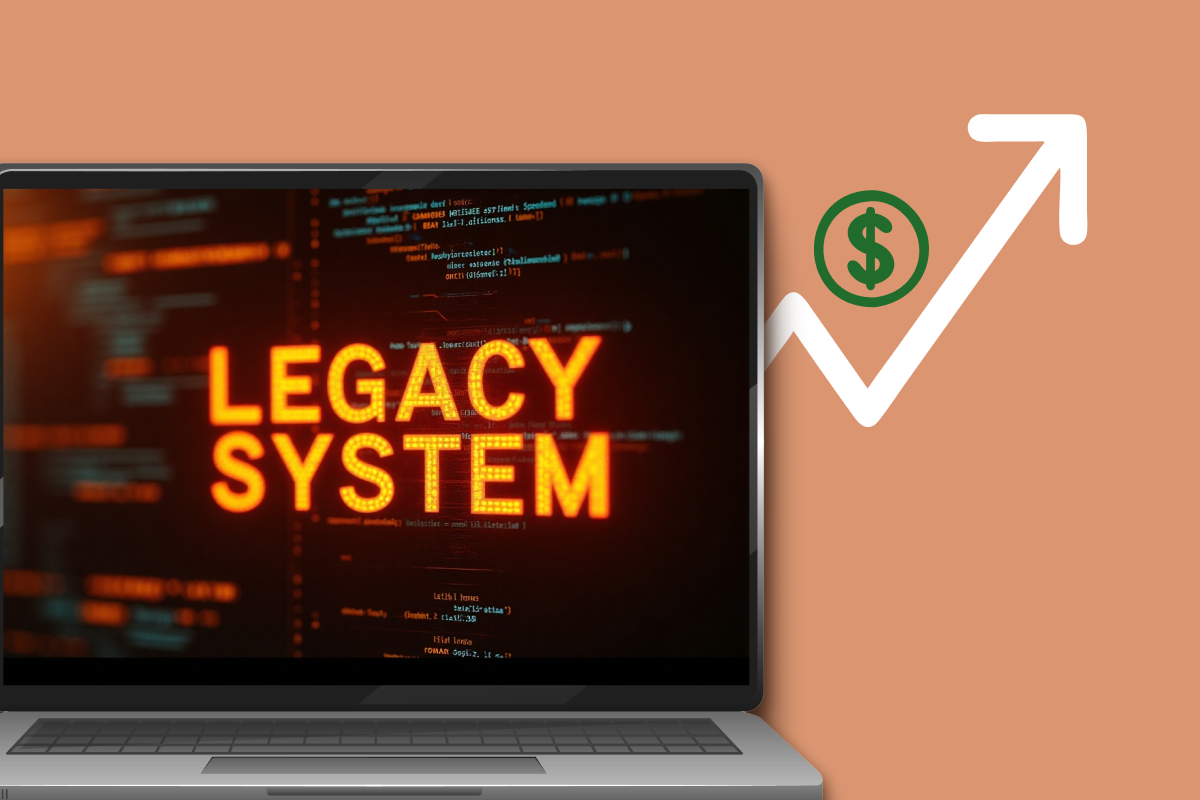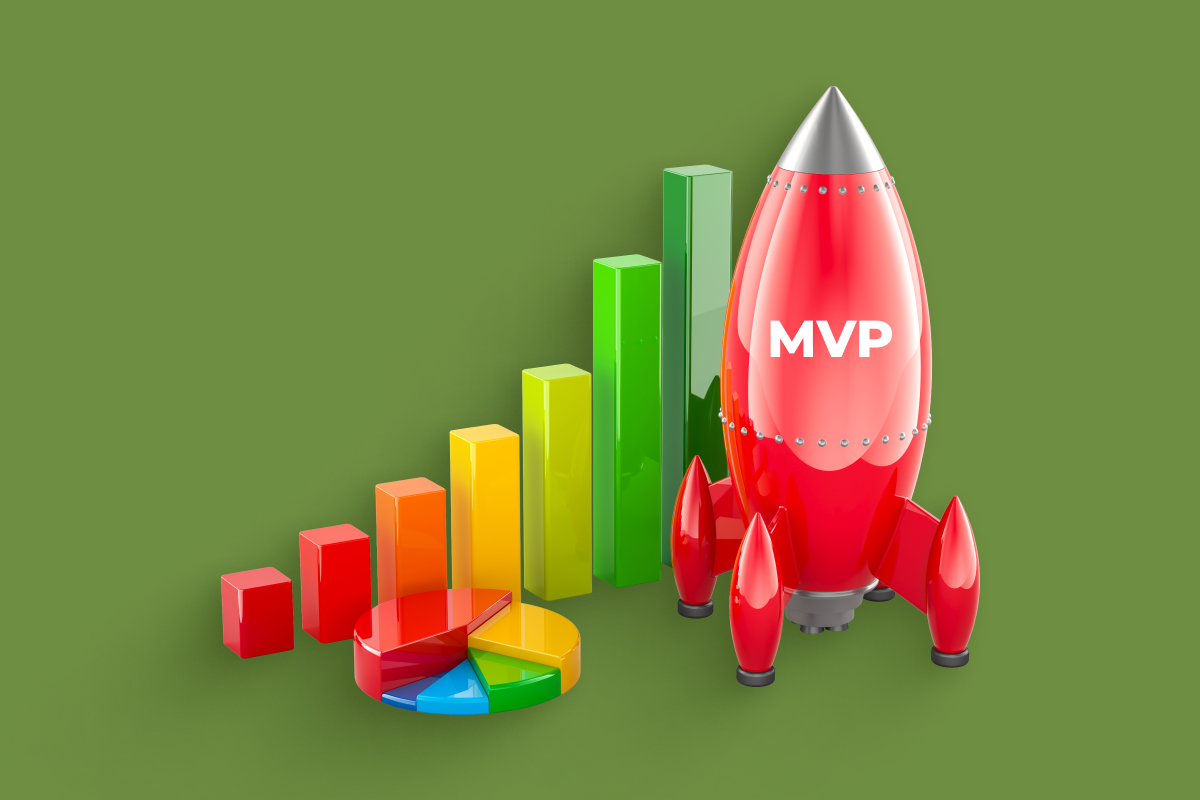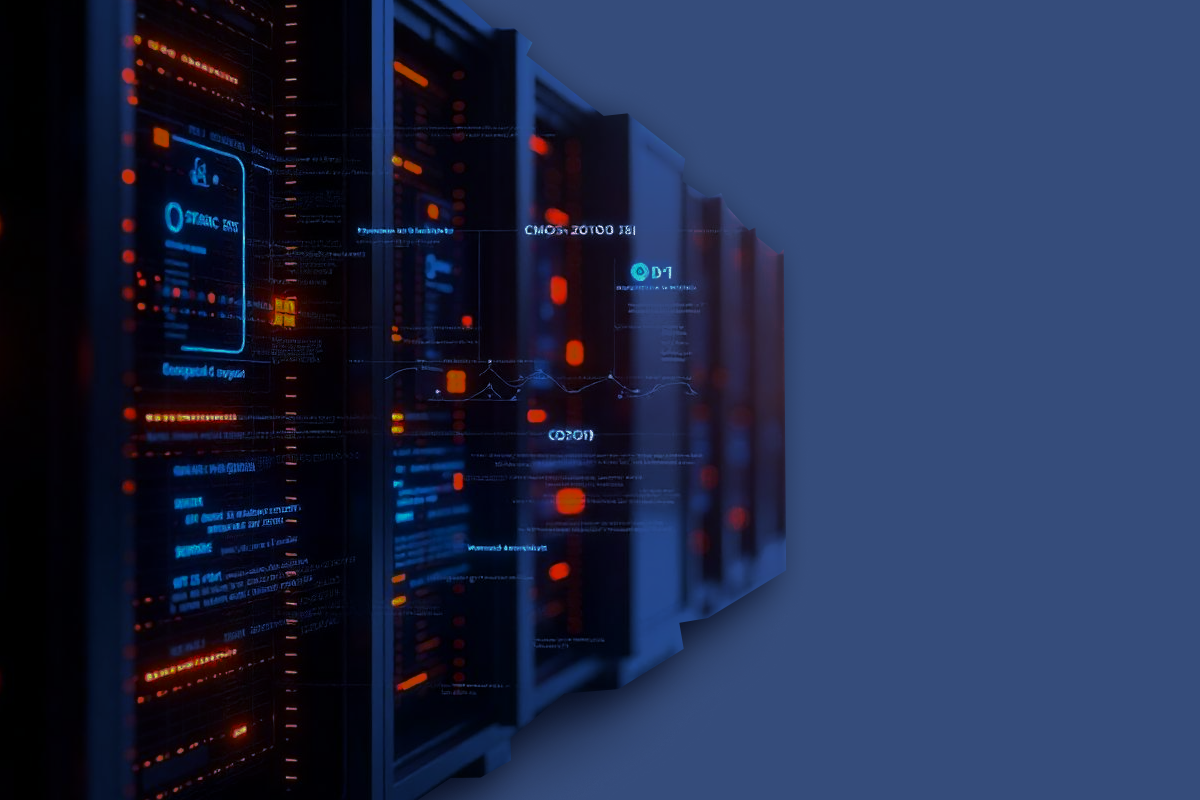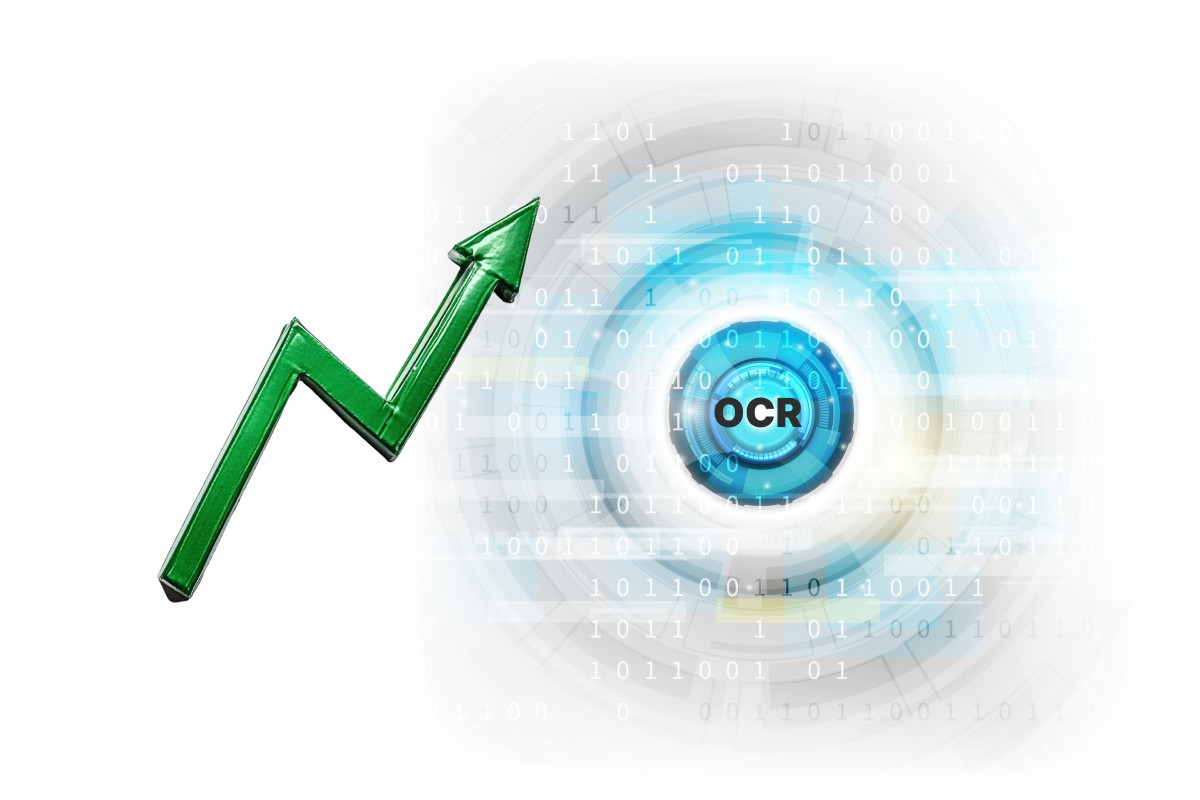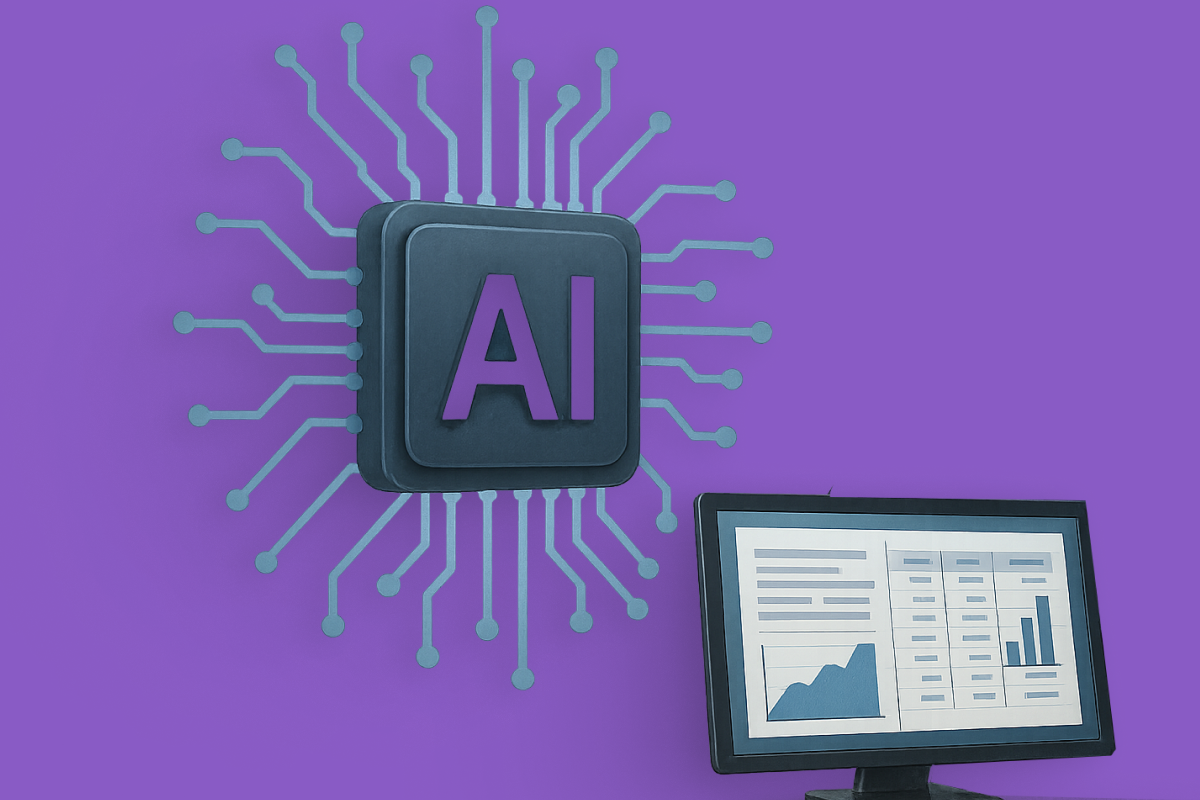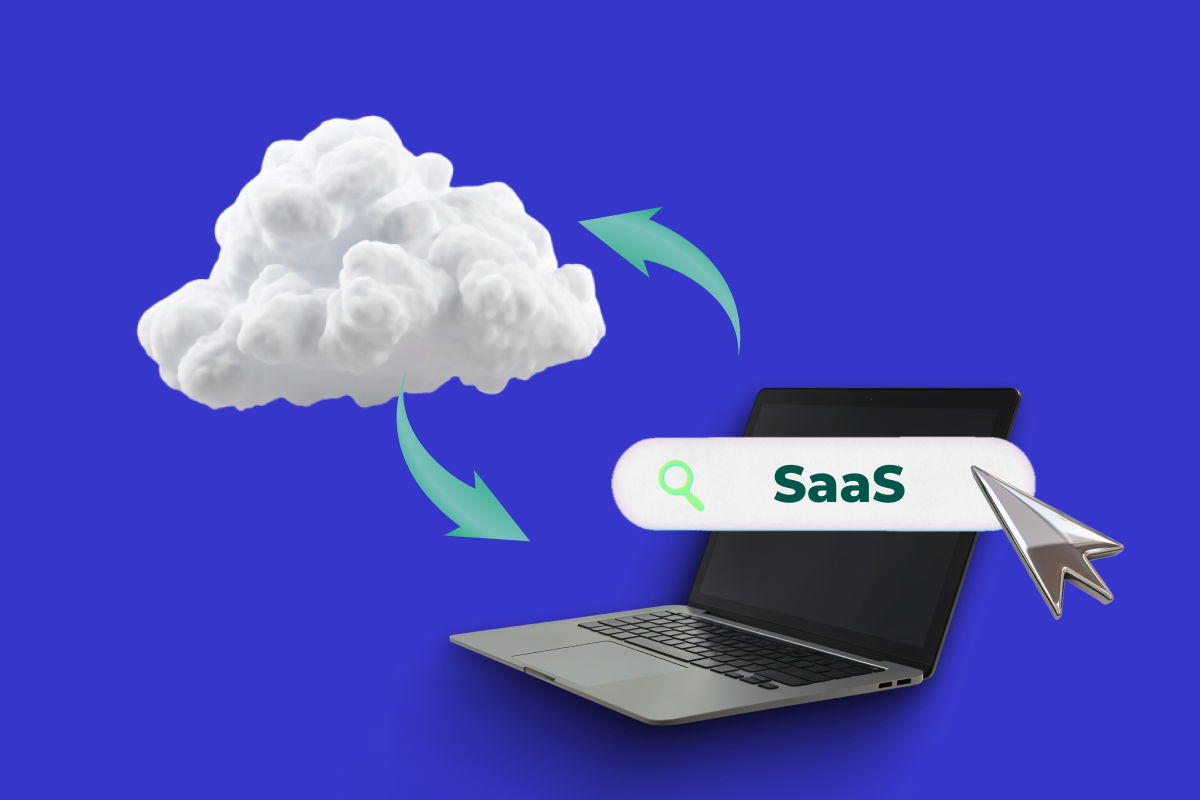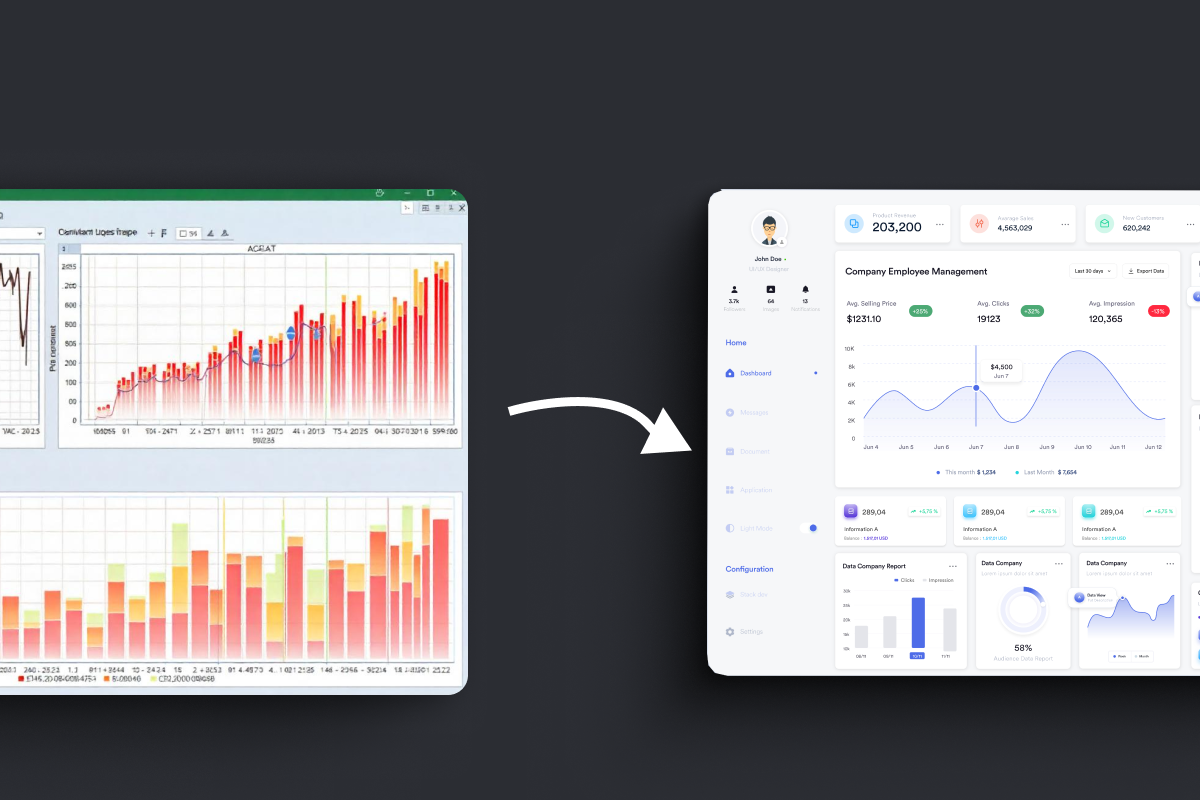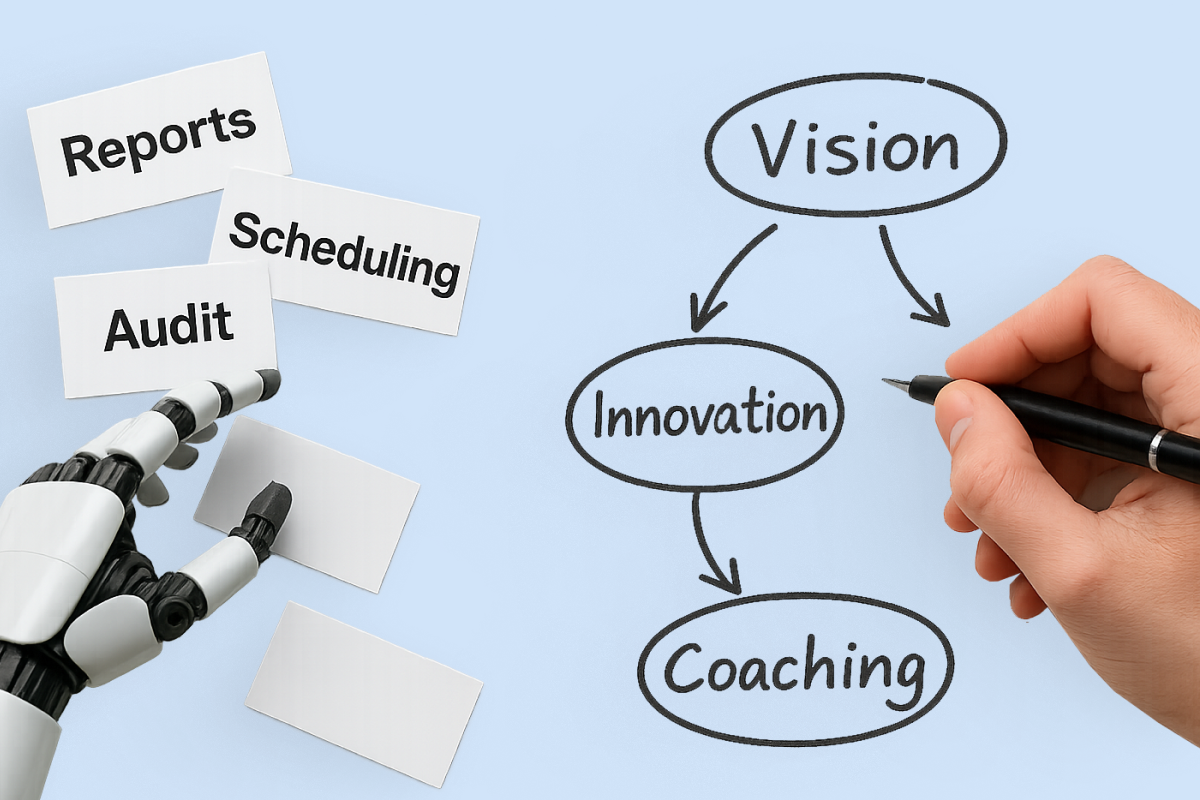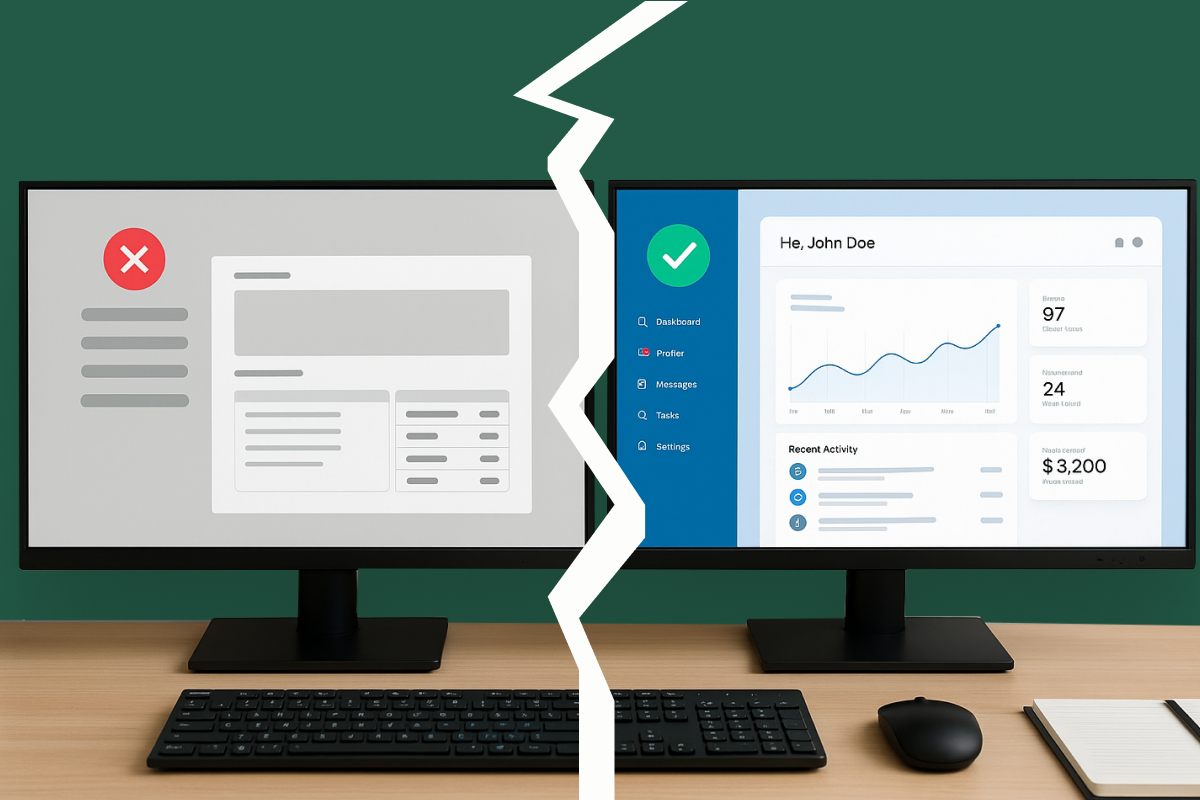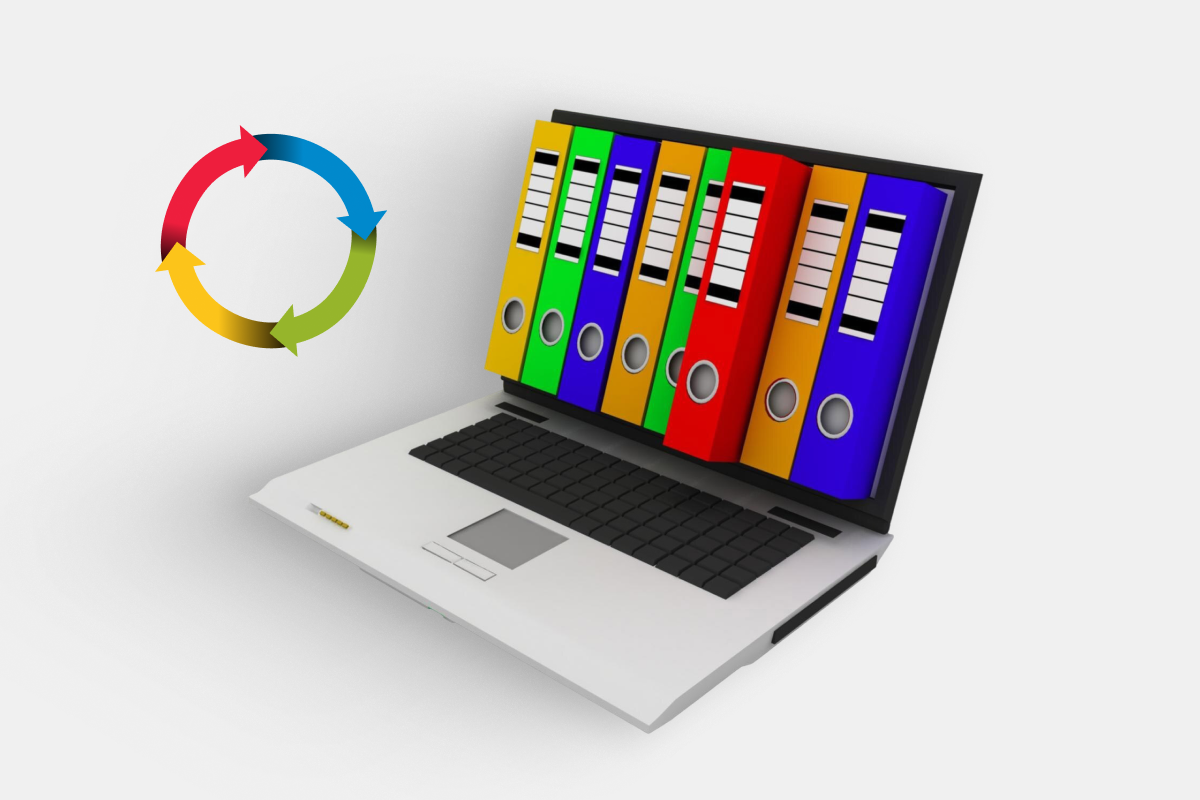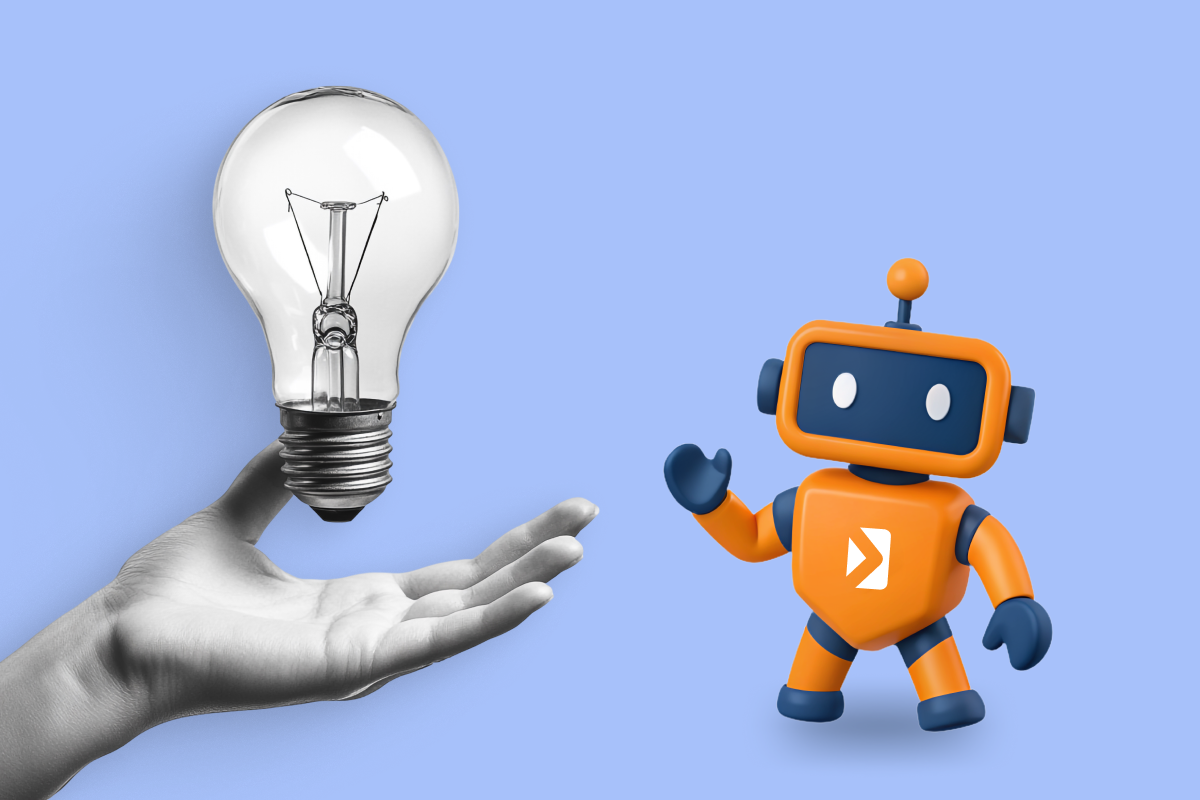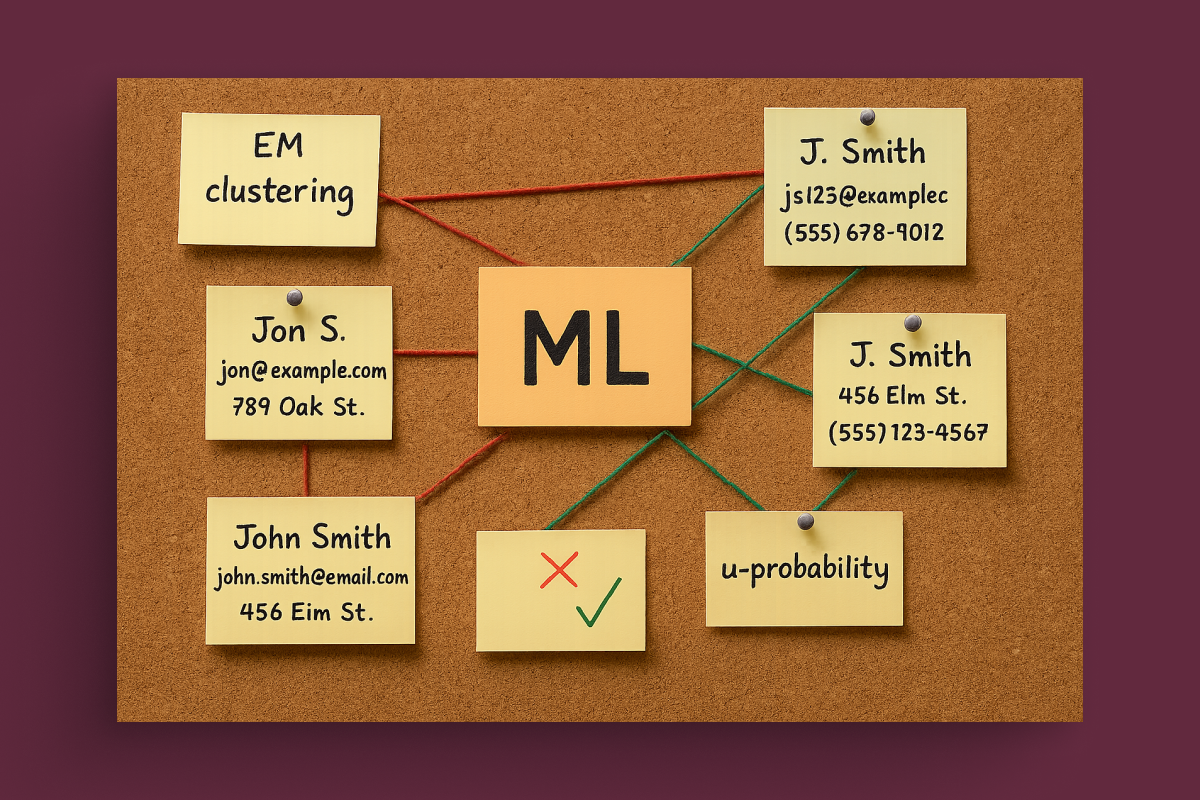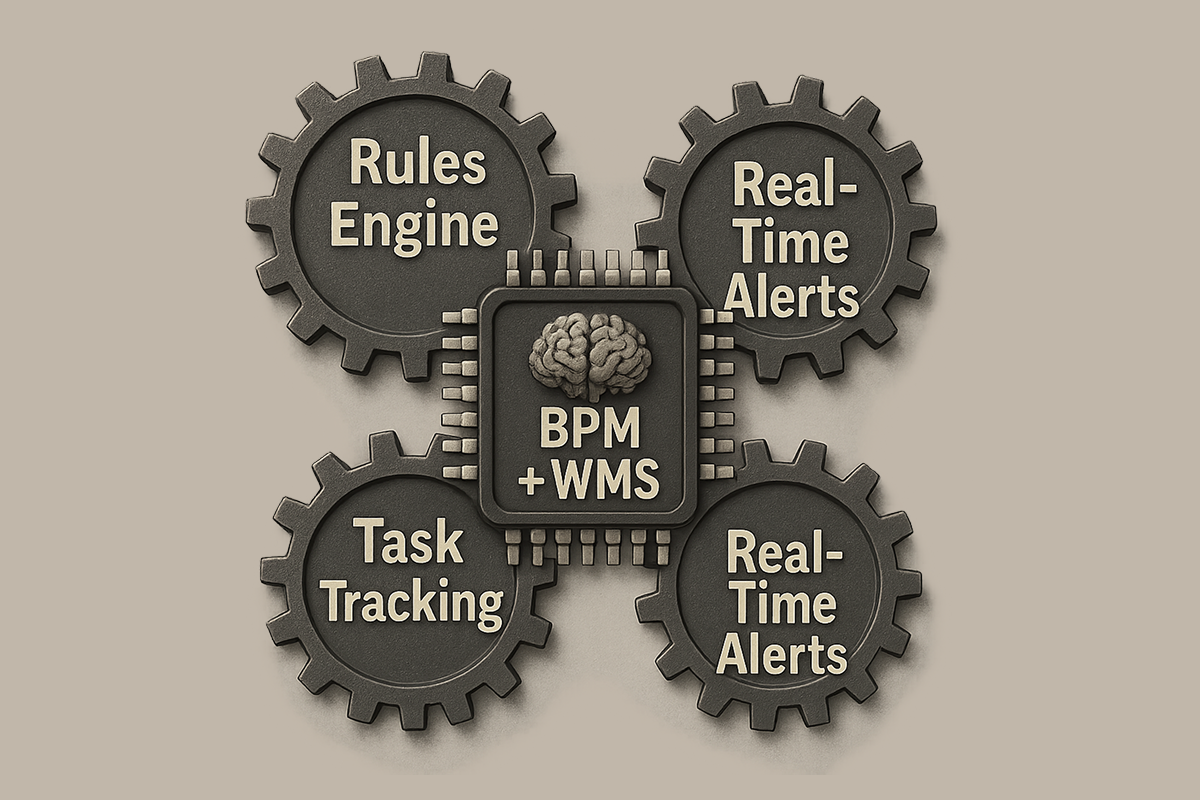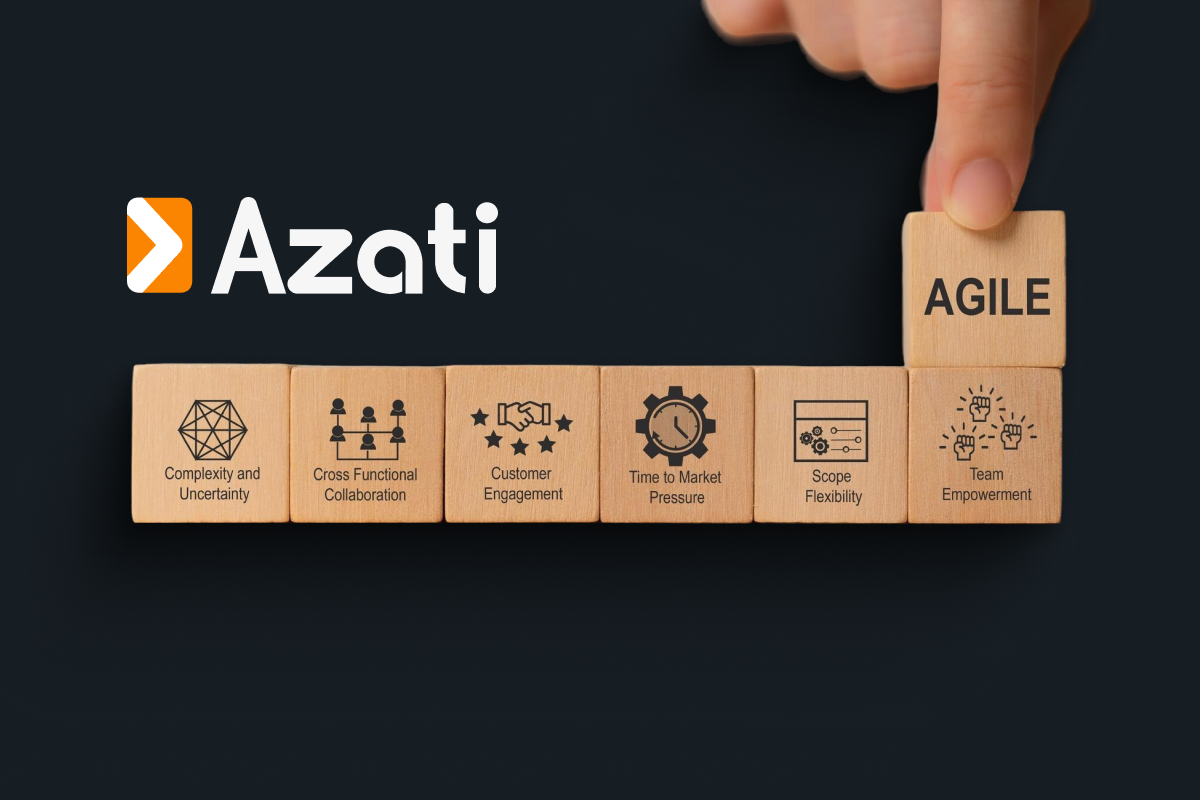As the name suggests, unstructured data is information that is not organized into a uniform format, and thus, it is hard to operate. Unstructured data can include text, images and videos, audio material, and sensor data. Such a type of data we probably use for day-to-day business and marketing analytics through unstructured data analytics tools.
Most often, data has some semantic tags, but it lacks consistency or standardization makes it semi-structured. This type of data requires specialized unstructured data analysis software to extract valuable insights.
Structured data has a well-organized form which we can easily process using traditional data analytics tools. It can be accessed in various combinations and examined with maximum efficiency through conventional data processing methods.
Structured data is information that has been organized into a formatted repository or a database. Its elements were made addressable – every entity has a unique ID and a set of characteristics – for more effective data processing and analysis. Structured data refers to information with a high degree of organization, while unstructured represent data as is.
But even though structured data seems the only sufficient resource, unstructured data is no less relevant and useful. Even more, data science community prophets unstructured data to be the most significant source of insights in the nearest future. And to effective processing unstructured data we need advanced technologies as machine learning.
Unstructured Data is Critical
Notable fact: almost all information we used to operate with is unstructured: emails, articles, or business-related data like customer interactions from social media and sensor data. Unstructured data can be extremely different: extracted from a human language with NLP (Natural Language Processing) for text analysis, gained thru various sensors creating machine generated unstructured data, scrapped from the Internet, acquired from NoSQL databases, etc.
Types of Machine-Generated Unstructured Data
Understanding what types of machine-generated unstructured data exist is crucial for effective unstructured data analytics:
| Data Type | Sources | Analysis Tools |
|---|---|---|
| Text Data | Emails, documents, social media posts, customer reviews | Text analysis software, NLP tools |
| Images and Videos | Cameras, satellites, medical scans | Computer vision, machine learning models |
| Sensor Data | IoT devices, manufacturing equipment | Real time analytics platforms |
| Audio Data | Call centers, voice assistants | Speech recognition, machine learning |
| Log Files | System logs, web server logs | Log analysis tools, big data platforms |
| Social Media | Posts, comments, interactions | Unstructured data analytics tools |
As the majority of information we can access is unstructured, the benefits of unstructured data analysis are obvious. It can bring many valuable insights and actionable insights on how to improve the performance of the company or a specific service through data analytics.
If we want a machine to process the data, so the first step is to make it "understandable" for computers using unstructured data analysis tools. We should build a bridge between human understanding and computer processing through unstructured machine learning techniques. It means that most often human operator processes required data manually and translates it to the format suitable for machine processing, though modern unstructured data software is automating this process.
One of the main problems with qualitative data analysis, however, is that standard databases like Excel or SQL require a certain structure. Unfortunately, unstructured data lacks this structure and traditional ORM (object-relational mapping) software can't process it properly to fill the database without specialized unstructured data analysis software.
But it doesn't mean that we should forget about this kind of information and lose valuable insights. When you sift the unstructured data, you get details that allow seeing the full picture of what's going on through comprehensive data analysis.
The information you receive after the analysis can become the cornerstone of a successful business strategy since it usually contains essential nuances about customer behavior or current trends. Let's take a look at an example using unstructured data analytics tools.
Example: Unstructured Data Analysis for E-commerce
One of the possible scenarios of using unstructured data analytics is an online store. We can divide the customers into three groups: those who left positive reviews on the products they've recently bought, people who left negative reviews, and those who didn't leave any comment.
But the second group is critical too. While analyzing user reviews with text analysis and unstructured data analytics tools, business owner can gain valuable insights about how the service is made (customer communication, shipping, packing, dispatching) and how good are the products they are selling.
We can perform this process both manually and automatically using unstructured data analysis software. It is a common situation when a small marketplace relies on a data entry vendor, that processes these reviews by hand somewhere in India or the Philippines. But sometimes huge players develop a particular unstructured data software that not only extracts insights automatically but also tags reviews to be positive or negative using machine learning unstructured data techniques.
Actionable Insights from Unstructured Data Analytics
The extracted insights from processing unstructured data can be used in different ways:
- You can easily plan the demand and order the right quantity of the products according to the season, global trends, and supply chain using predictive analytics.
- The quality department can analyze if current shipping company delivers in time or not and how this impacts customer satisfaction through data analytics.
- Find "rising stars" across vast catalogs and provide in-time feedback to manufacturers helping them to develop better products based on real time customer feedback.
- Develop relevant and personalized loyalty programs or bring new ideas to the existing ones using unstructured data analysis.
- Build advanced recommendation system that can recommend related goods to the users according to their previous reviews through machine learning algorithms.
The good idea is to reward active customers for their reviews since they provide a business with one of the best marketing tools – personal opinions. By rewarding such customers and encouraging others to write reviews, you can significantly increase the retention rate and, as a result, improve sales.
To encourage clients to write reviews, you can study the behavior of those customers who leave testimonials and work out an appropriate strategy using unstructured data analytics software. User behavior is not only about CTR (click-thru-rate). But also about what pages the user visited, decision-making chain, on-page behavior, etc. And that's another benefit of unstructured data analysis providing actionable insights.
As you understand, an online store is not the only example. We hope you now know how essential it is to collect and examine unstructured data using appropriate unstructured data analysis tools. You might be wondering which analysis tools can help your business interact with this type of data? When it comes to dealing with big unstructured data, machine learning is a go-to technology for many data scientists and data managers.
How to Analyze Unstructured Data?
The more of qualitative data you gather and don't process, the less useful it gets and the harder it will be to maintain it. So, it will be smarter to take advantage of it and effectively process the unstructured data as it accumulates using modern unstructured data analytics tools.
Step-by-Step Process for Unstructured Data Analysis
Step 1: Choose the most valuable sources of information.
You should define your goals for data analysis. If you want to apply the sifted unstructured data to the existing structured repository, it won't be an easy job to do, but it is possible with the right unstructured data analysis software.
Common Data Sources:
- Customer feedback from social media platforms
- Machine generated unstructured data from IoT sensors
- Email communications and document files
- Call center recordings and transcripts
- Images and videos from various sources
- Web logs and clickstream data
Step 2: Create a robust database
Create a robust database you can use to establish new business approaches, as well as advanced and predictive models using unstructured data analytics software. But working with the wrong source of information, you can get inaccurate data and thus ineffective patterns.
But let's make a small step back and bring some form of consistency to the unstructured data through data processing. You need to organize it into tables and attributes, as well as add filters. Because the main difference between structured and unstructured data analysis is that having a structure always makes processing and analysis more natural and more efficient. This is called data cleansing.
Unfortunately, there are no all-in-one software instruments, that can handle all types of unstructured data. There is no option to buy a software application that covers all your data processing and analysis needs - you need specialized unstructured data software solutions.
Step 3: Find software that suits your needs
Find software that suits your needs for processing unstructured data. Unstructured data processing is not cheap and almost always requires custom software engineering. To facilitate the whole process, scientists use machine learning algorithms for unstructured data that performs a contextual analysis for it.
The ML-powered tool looks for similarities and improves the organization of information using unstructured machine learning techniques. Also, the ontology evaluation helps in detecting the patterns and trends. So, you might get valuable insights at this step, too, through advanced data analytics.
How This Process is Made at Azati
Initial Data Analysis
During this step, our data scientists usually analyze the initial data and its formats to find proper instruments for data extraction using specialized unstructured data analysis tools. There are a lot of different software products, open-source tools, and frameworks that can easily handle the specific type of data for effective data processing.
If consider an example (reviews analysis for an online store) mentioned earlier, we would probably use NLTK (Natural Language Toolkit) library written in Python, and it is used for natural language analysis and text analysis as part of our unstructured data analytics software stack.
Data Gathering and Sample Preparation
It is cool when all the reviews are located in a single database (or any other individual data source). But most often, we first need to collect all the required data from various data sources for comprehensive unstructured data analysis. Like there are many websites where users leave reviews, and we need to unite these reviews into a database for effective data analytics.
When we finally collect the information, our in-house specialists manually map several samples, that later we can use for machine learning model training to analyze unstructured data at scale.
Data Processing and Cleansing
NLTK helps our specialists understand what stands behind words through advanced text analysis. It (with some minor improvements) catches the main points of a review and determines if it is positive or negative using unstructured machine learning algorithms.
Quite often, our data scientists manually perform group checks of processed data or train additional machine learning model, that analyses the processed data in search of anomalies and collisions during data processing.
After we processed the data, it is time to cleanse the results and built a structured or semi-structured data source. We often use MongoDB for it as our unstructured data software solution. The type of outcome data may differ from project to project. Specialists cannot easily convert some data types to structured format (images and videos, audio). Moreover, sometimes it is cheaper to translate it to semi-structured data.
Data Export
Once the information has some structure and have a database form, you can index it to get some actionable insights through data analytics. Again, there is even free software for this, so the task is preferably executable.
But sometimes our clients want us to build custom interfaces to interact with collected data using advanced unstructured data analytics tools. So we create custom GUI (Graphical User Interfaces), dashboarding software, and even search engines that operate with MongoDB directly for real time data analysis.
This was a brief theoretical review of how we should perform unstructured data analysis using appropriate unstructured data analytics tools. As a practical part, we suggest that you check our case study below on how we are processing unstructured data with machine learning. It describes our platform based on Artificial Intelligence that allows extracting data from images, scanned documents, complicated technical schemes, as well as convert it to JSON for easy post-processing through advanced document processing.
Key Features of Effective Unstructured Data Analytics Software
When selecting unstructured data analysis tools, data managers should look for these essential key features:
| Feature | Importance | Business Impact |
|---|---|---|
| Machine Learning Integration | Critical for automated pattern recognition | Reduces manual effort by 70-80% |
| Real Time Processing | Enables immediate actionable insights | Faster response to market changes |
| Multi-format Support | Handles text, images and videos, sensor data | Comprehensive data analysis |
| Scalability | Processes big data volumes efficiently | Handles growing data volumes |
| Text Analysis Capabilities | Extracts meaning from documents, social media | Customer sentiment understanding |
| Integration Options | Connects with existing data analytics tools | Seamless workflow integration |
| Document Processing | Automates extraction from PDFs, scans | Reduces data entry costs |
| Visualization Tools | Presents valuable insights clearly | Better decision-making for data managers |
Summary
Utilization of unstructured data is crucial for every company. It helps to improve business processes and get the most out of its own experience through comprehensive unstructured data analytics. The analysis of qualitative data using appropriate unstructured data analysis tools should take place at the early stages and as regularly as possible. In this case, business owners and marketing specialists will get the required information in time through real time data analytics. Then they will be able to respond quickly to specific trends and changes in consumer preferences. It will help to drastically improve customer experience and the overall interaction between the company and its clients.
Of course, the best way to use unstructured data is to coordinate it with traditional structured information. By effectively integrating both data types into business processes using advanced unstructured data analytics software, you can take full advantage of them making every customer as valuable as possible and, consequently, increasing the performance and revenue of the company.
Therefore, it's just the right time to apply machine learning tools and unstructured data analysis software to process and analyze unstructured data in the most accurate way. Of course, it will require time and effort, but not as much as you might imagine. Various ready-to-use unstructured data software solutions can accelerate and facilitate the process due to their simple implementation. And with artificial intelligence on board, you will get streamlined analysis for both structured and unstructured datasets.
Final Key Takeaways:
- Unstructured data represents 80-90% of all enterprise data and contains critical valuable insights;
- Machine learning unstructured data techniques are essential for processing unstructured data at scale;
- Specialized unstructured data analytics tools and unstructured data analysis software are required for effective data processing;
- Common types of machine-generated unstructured data include text, images and videos, sensor data, and social media content;
- Unstructured data analytics provides actionable insights that structured data alone cannot reveal;
- Real time processing capabilities enable immediate business responses to emerging trends;
- Integration of unstructured and structured data analysis delivers comprehensive business intelligence;
- Data managers need unstructured data analytics software with key features like ML integration, scalability, and document processing.
Ready to unlock the power of unstructured data for your business? Contact us today to see how our machine learning solutions and advanced unstructured data analysis tools can transform your data into actionable insights and drive smarter decisions through comprehensive unstructured data analytics.


